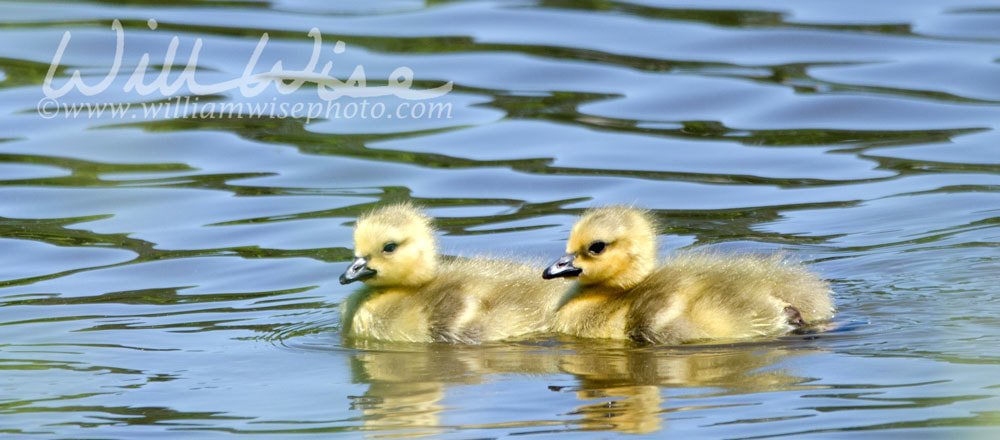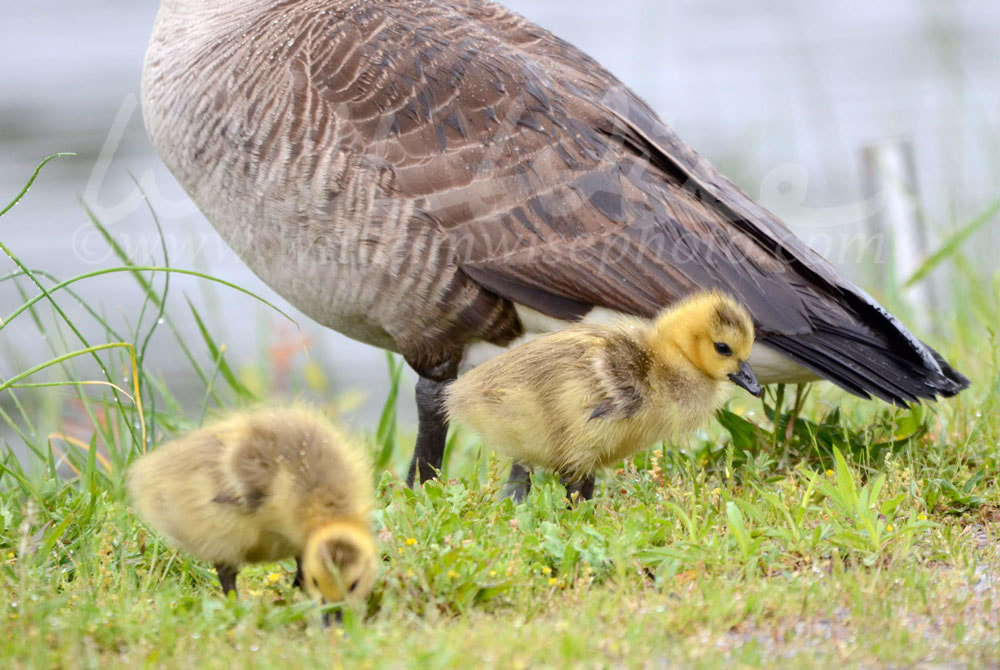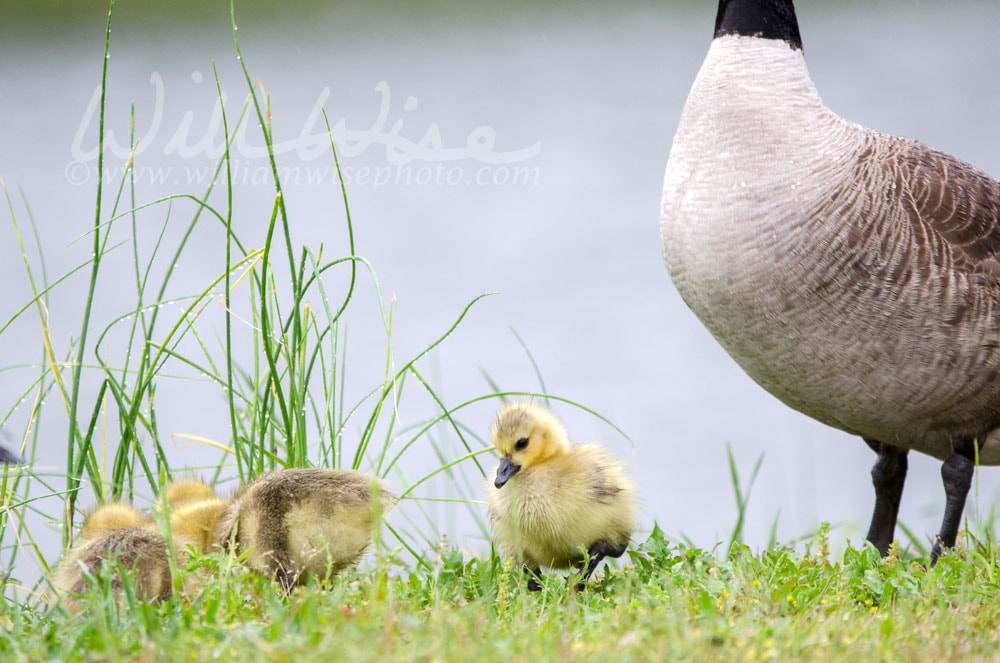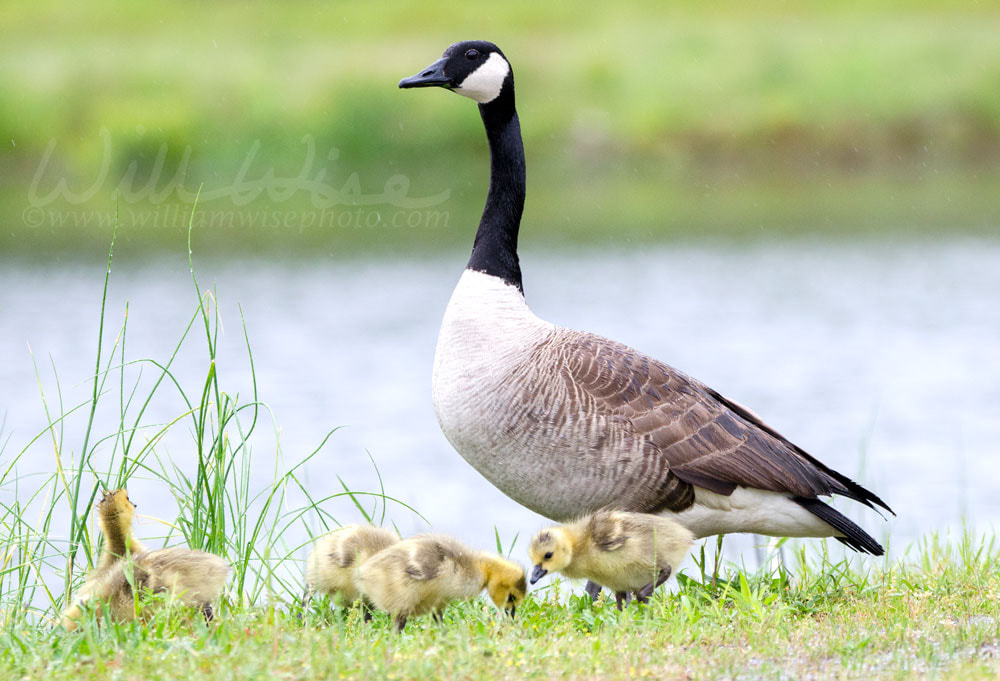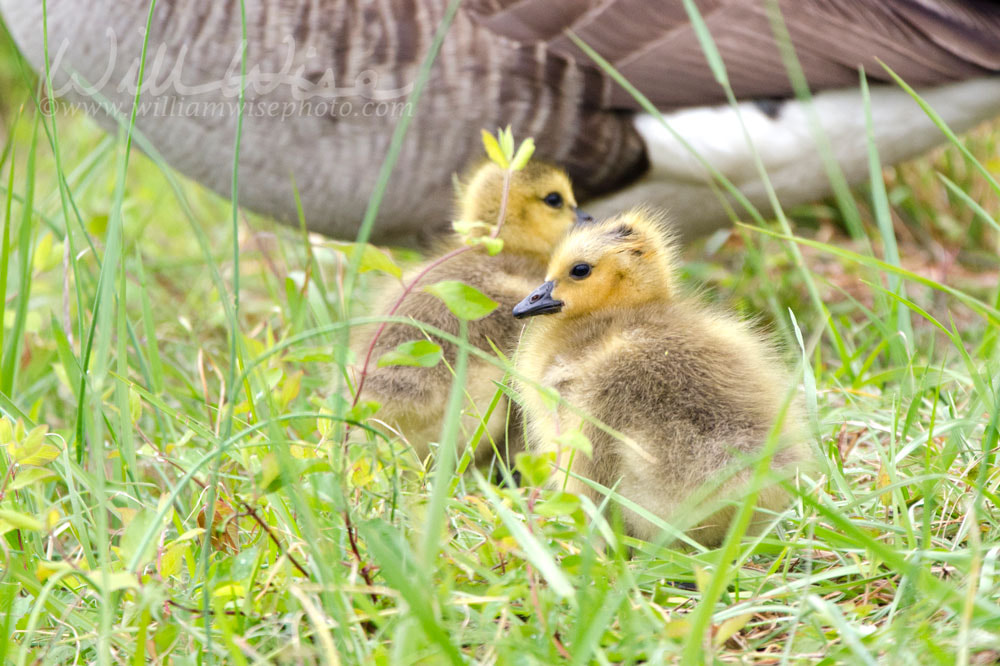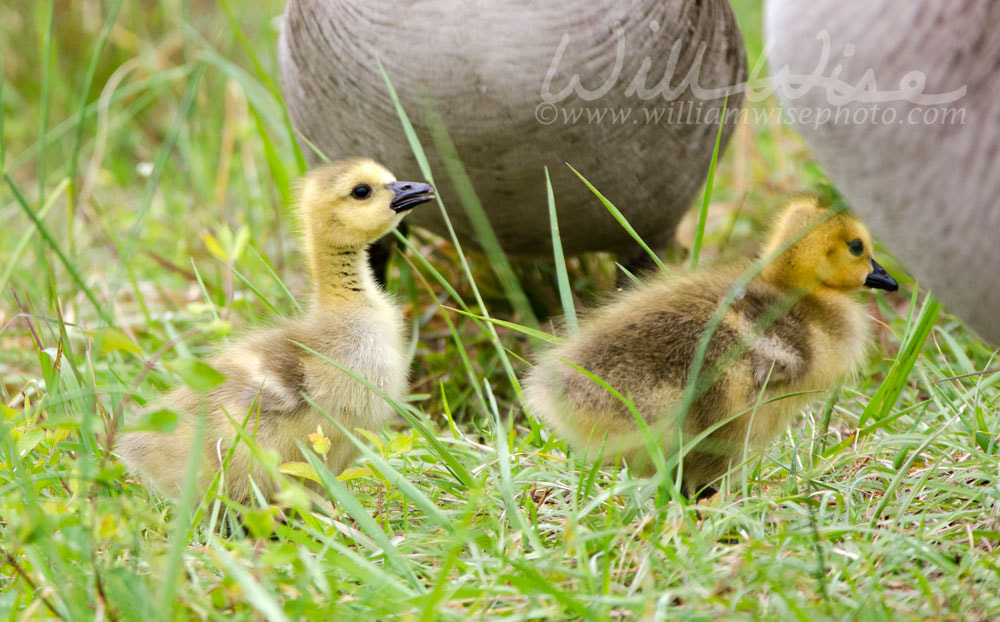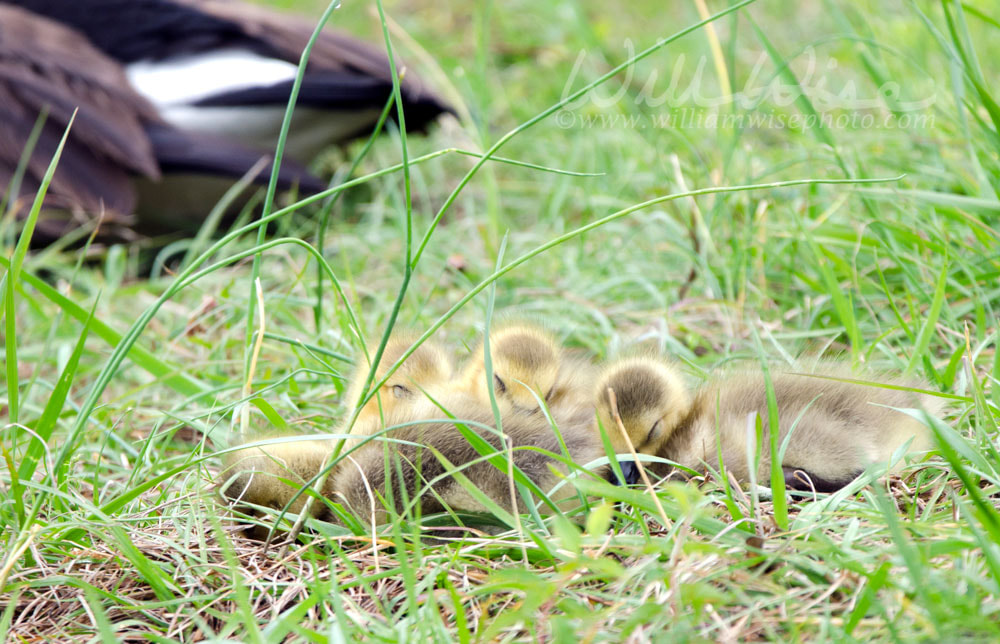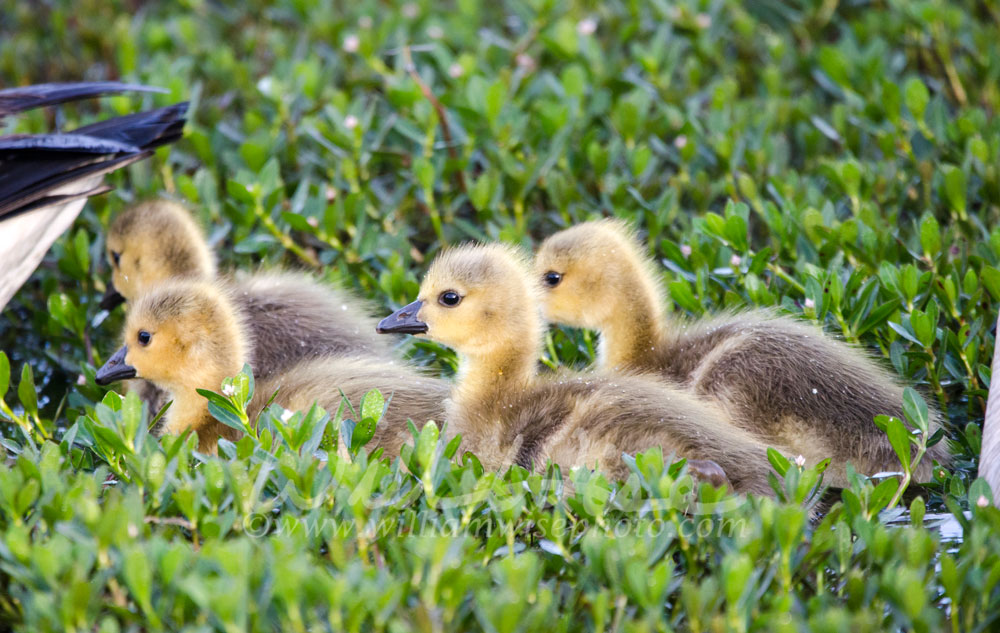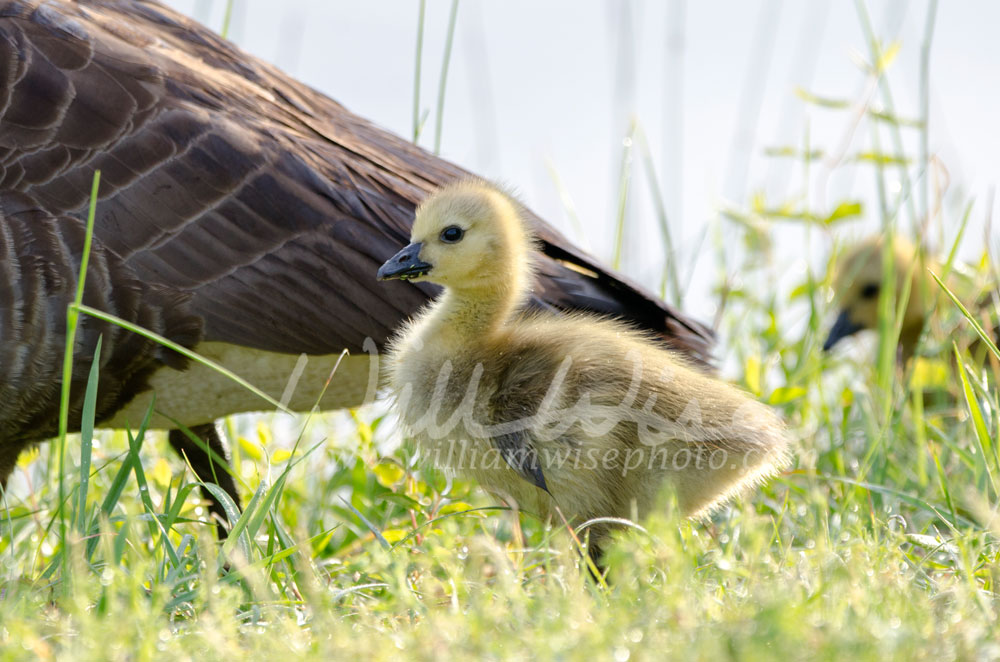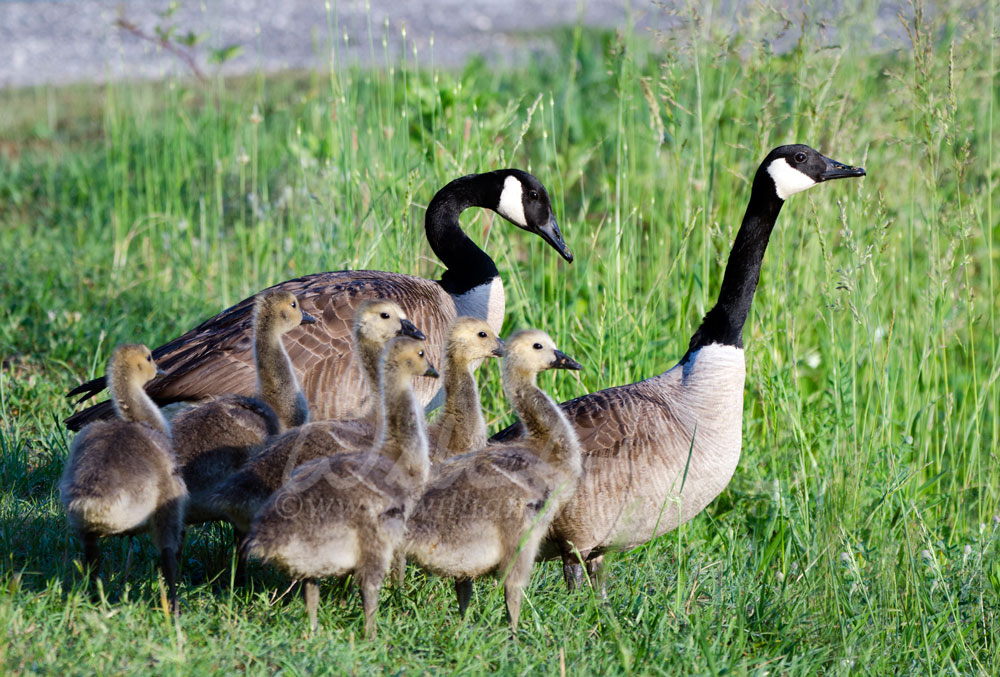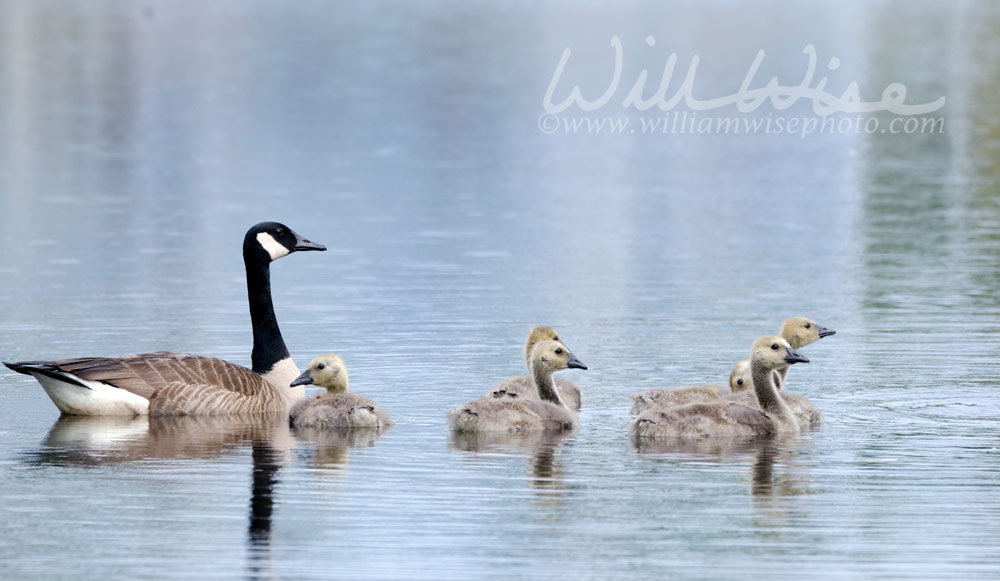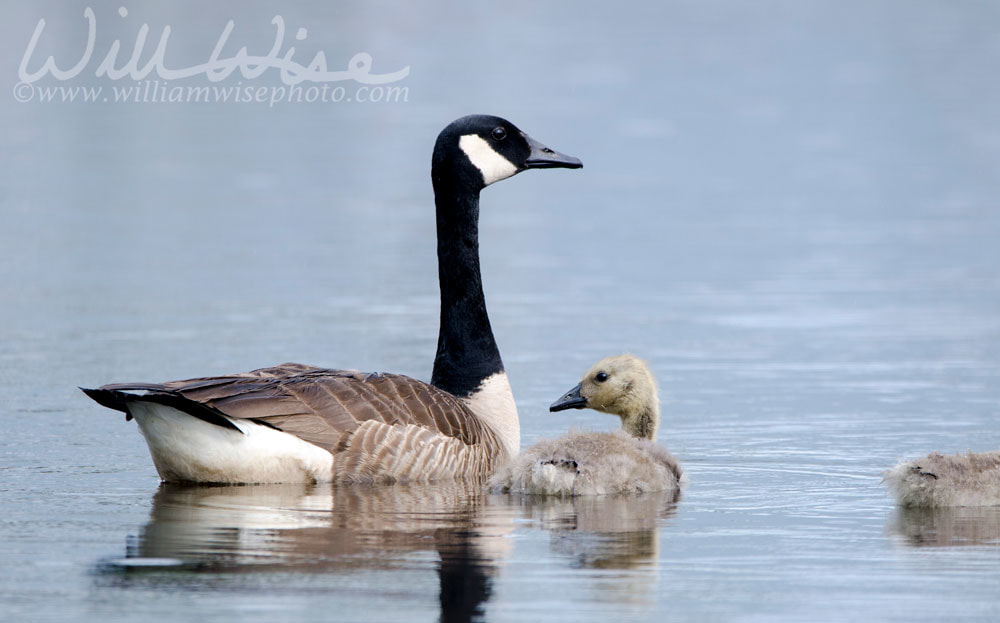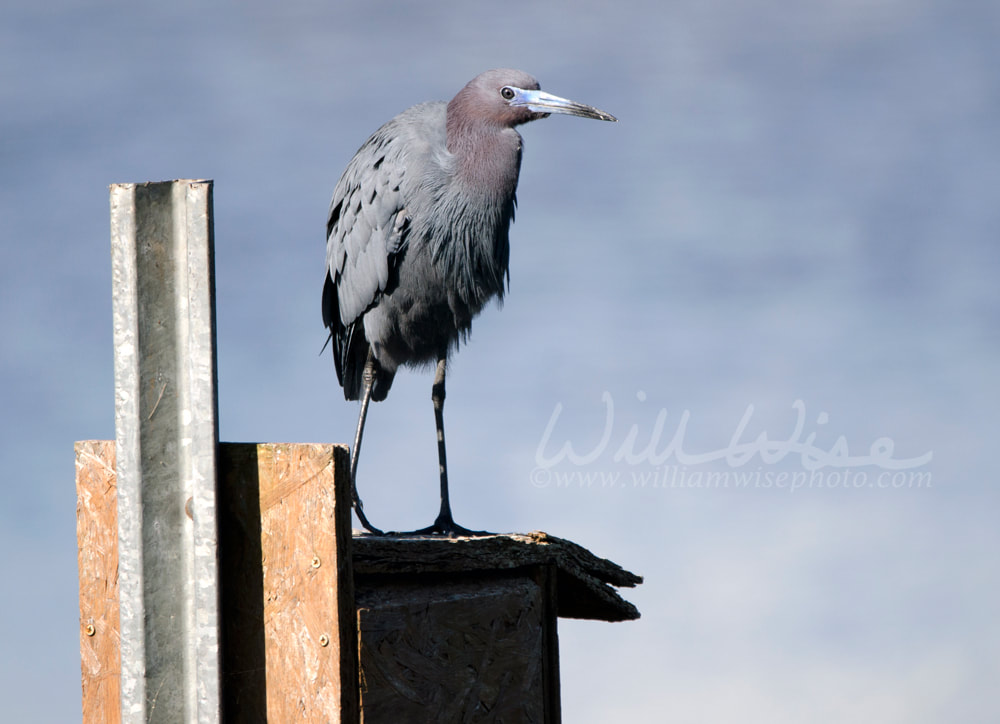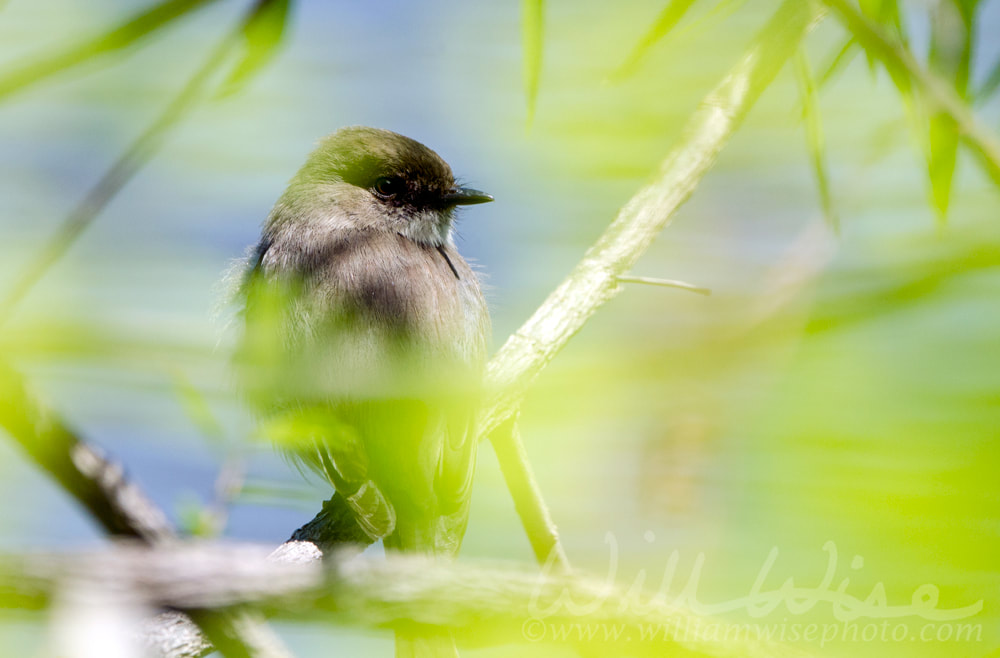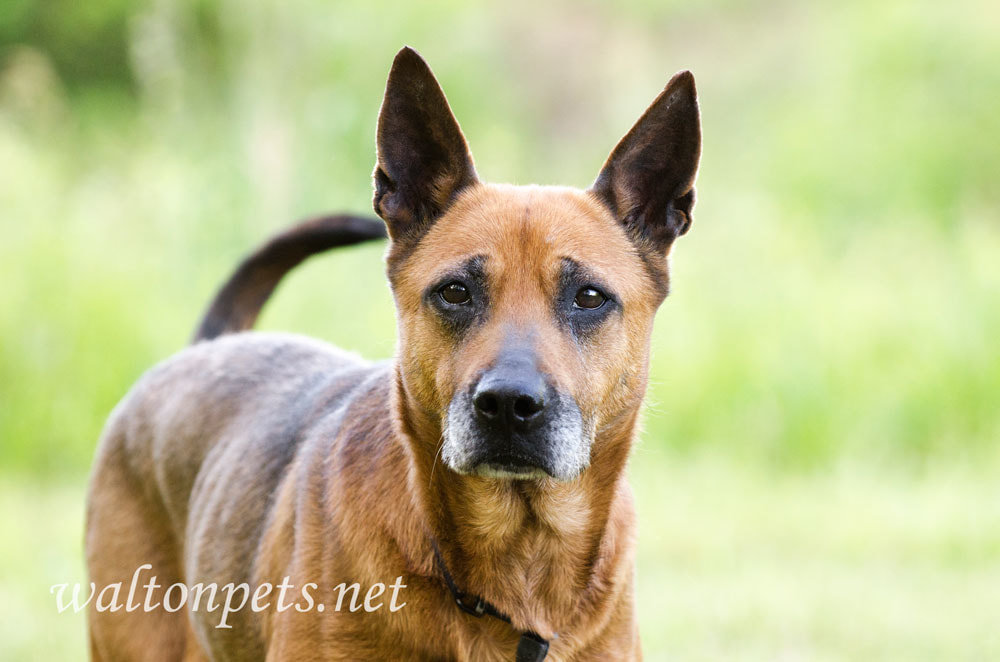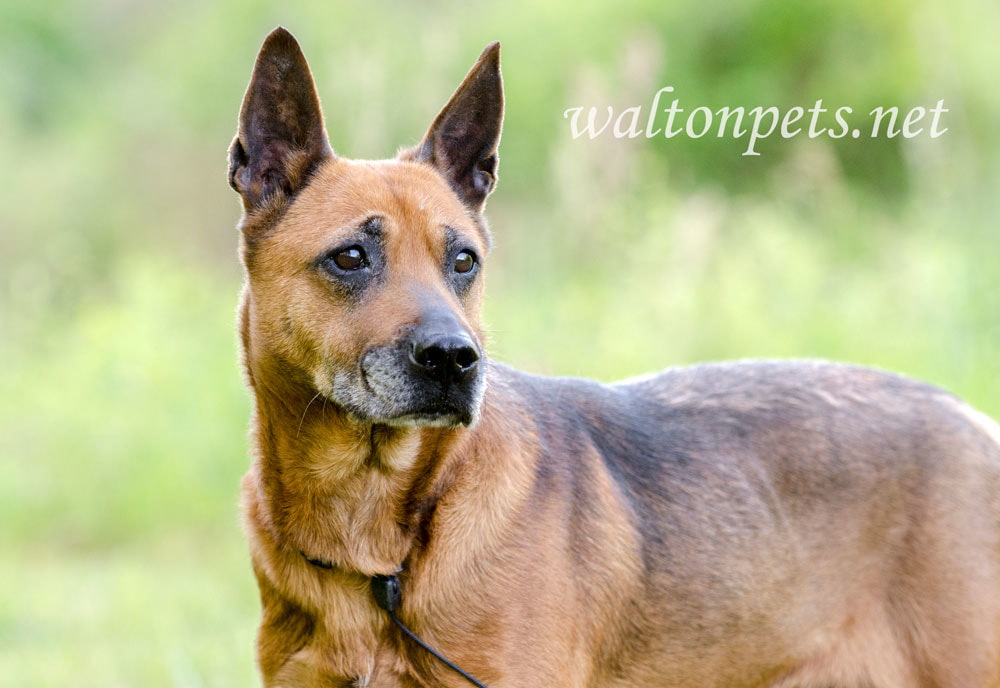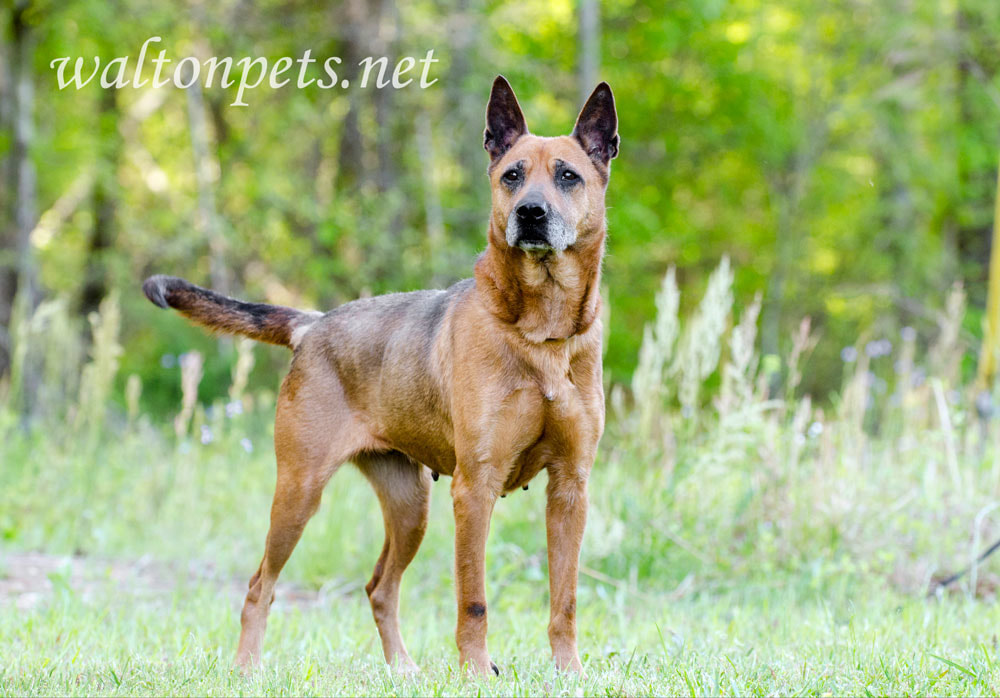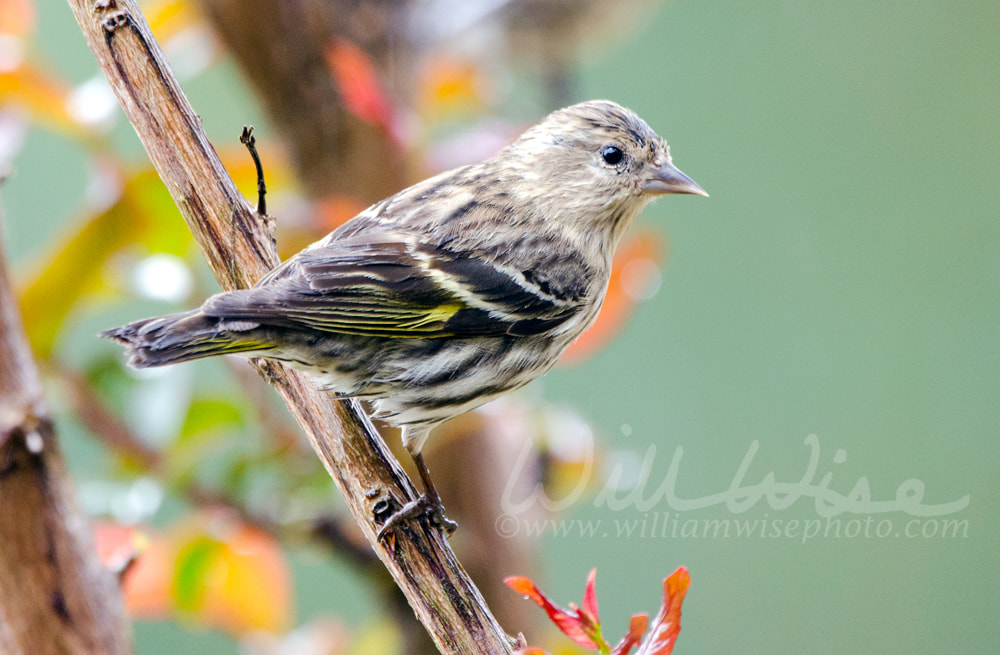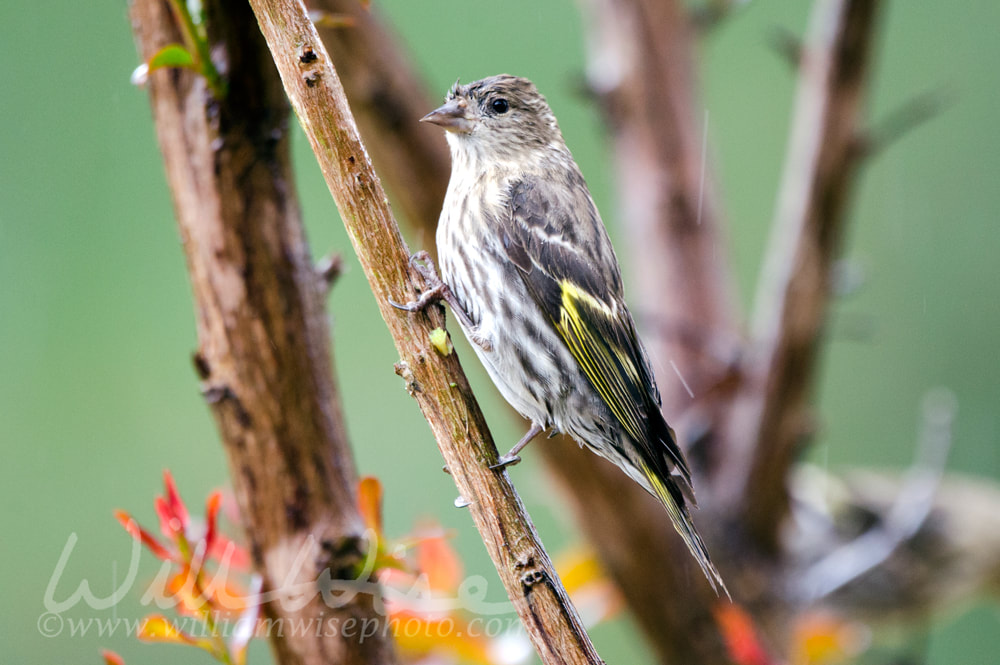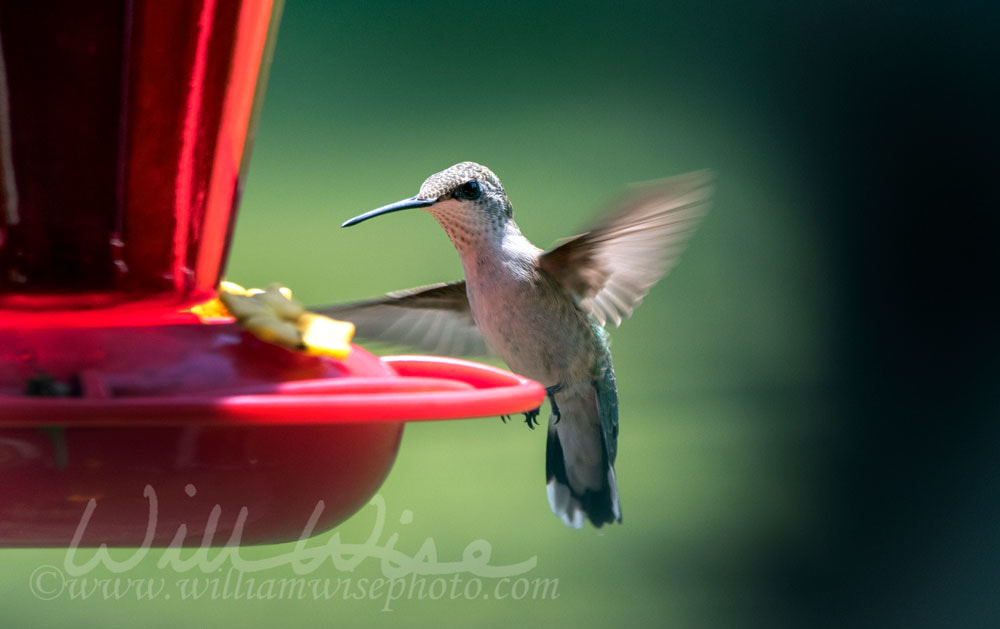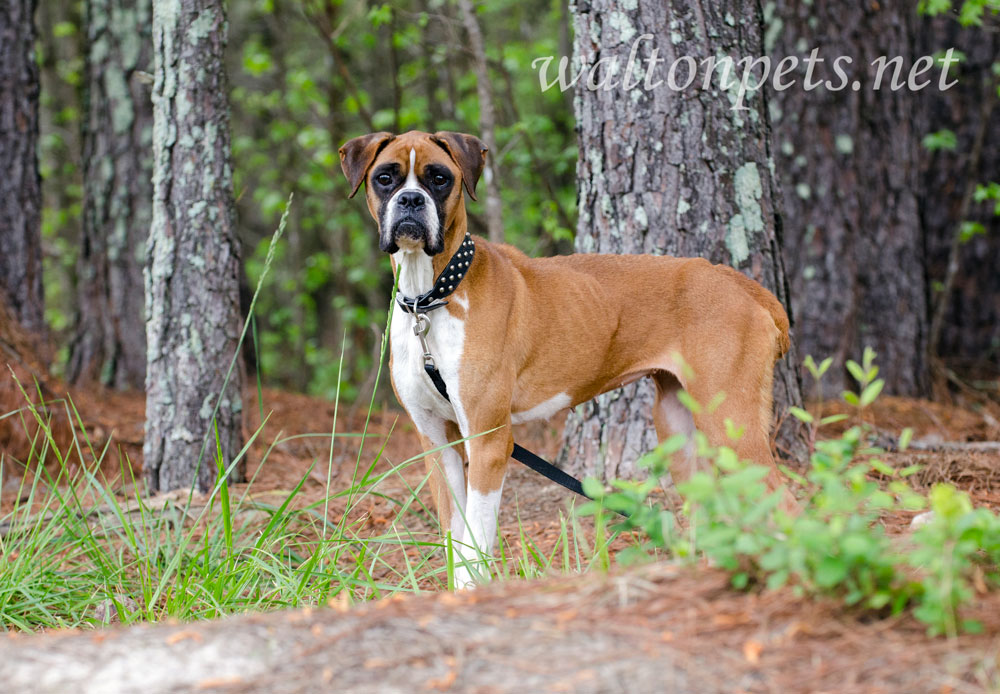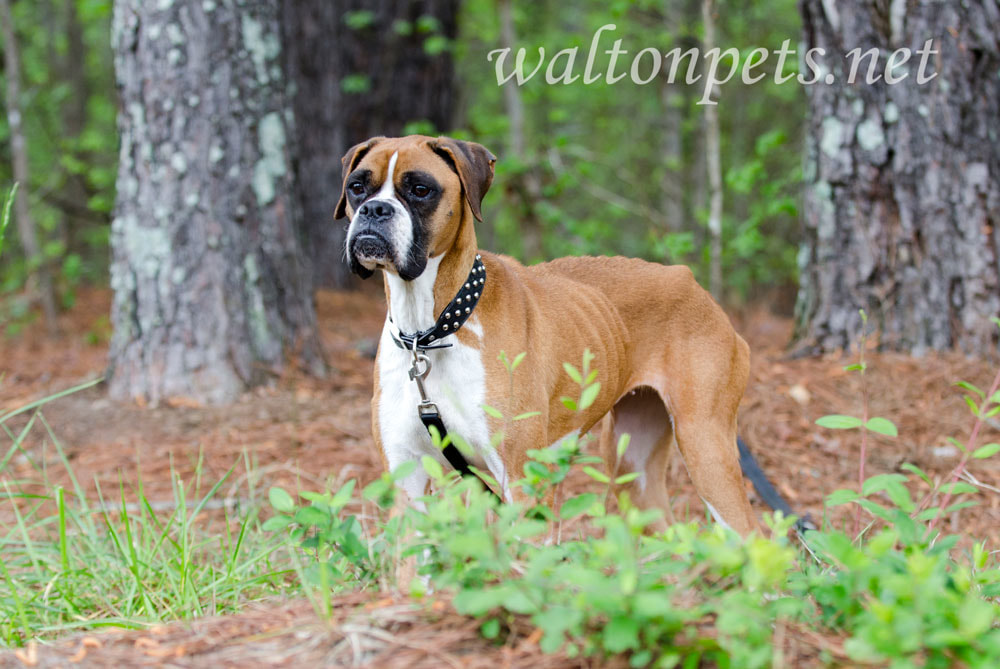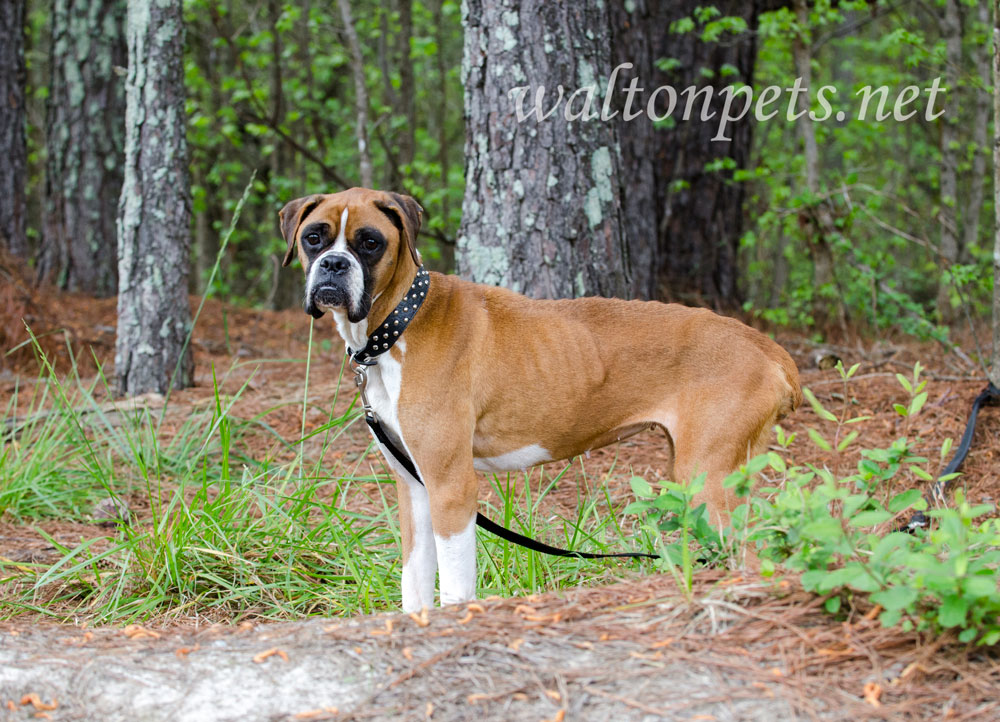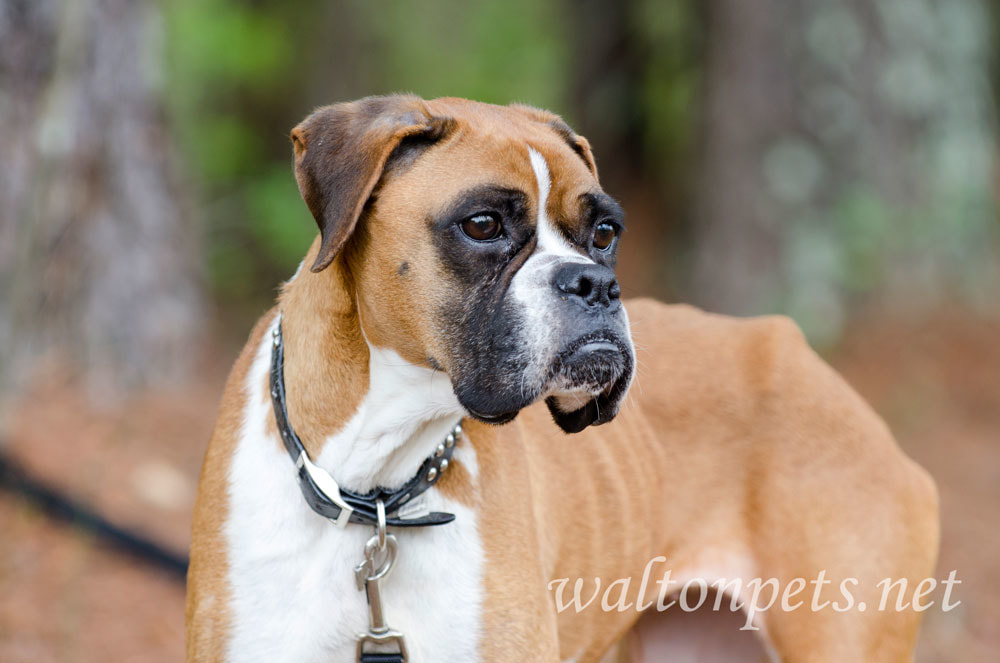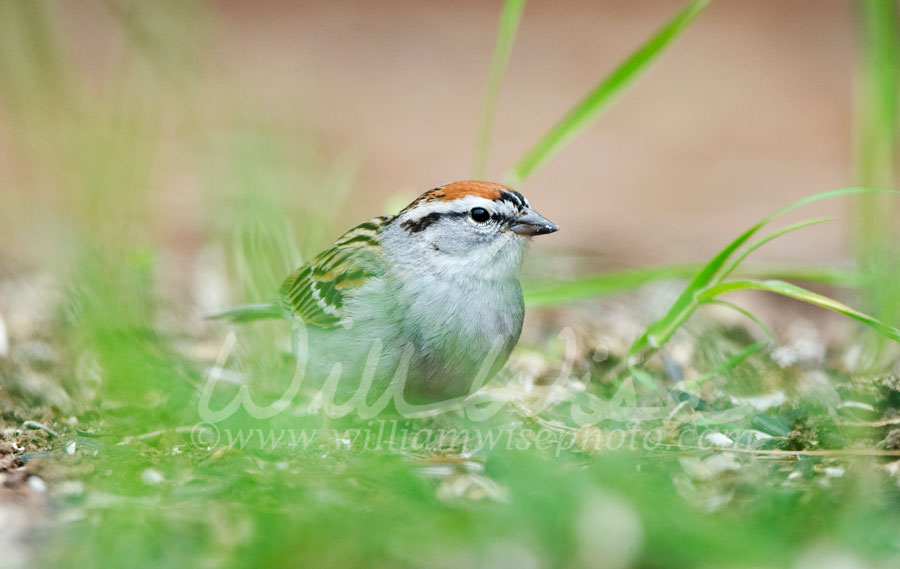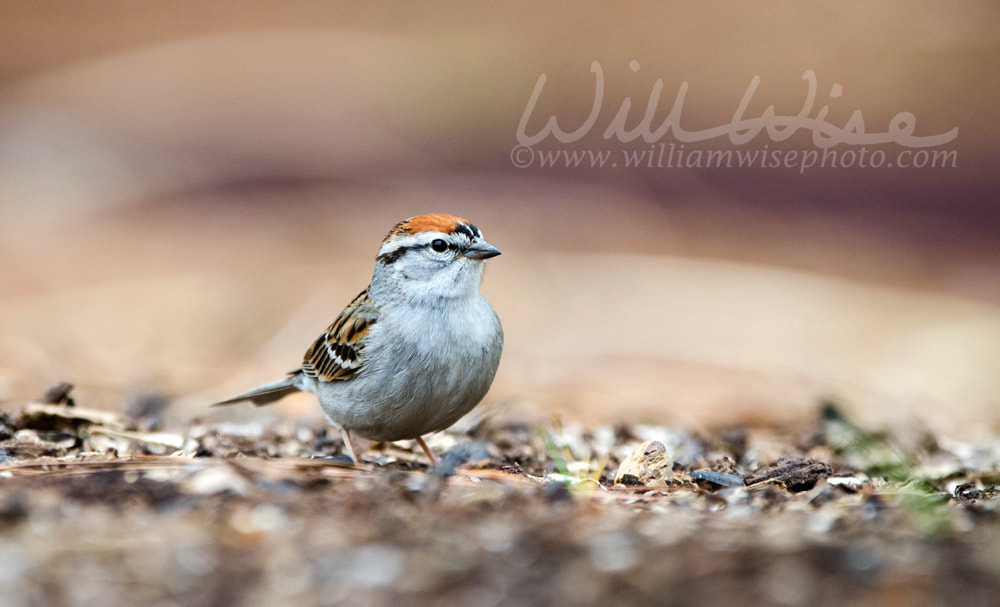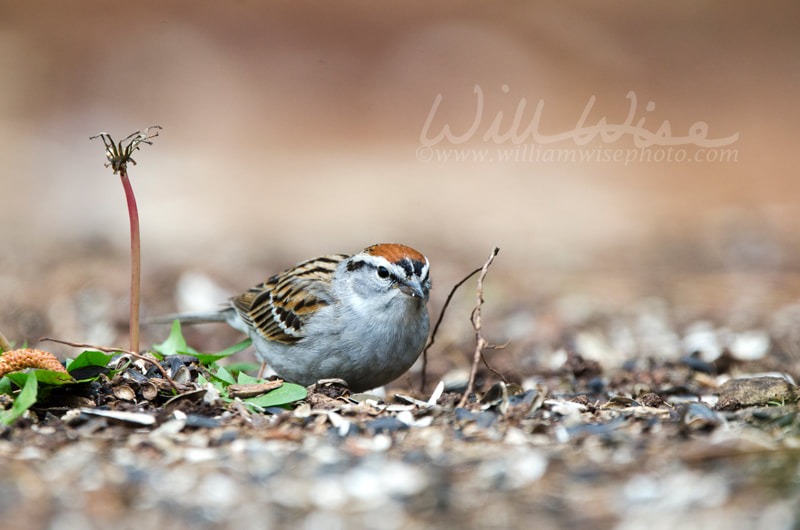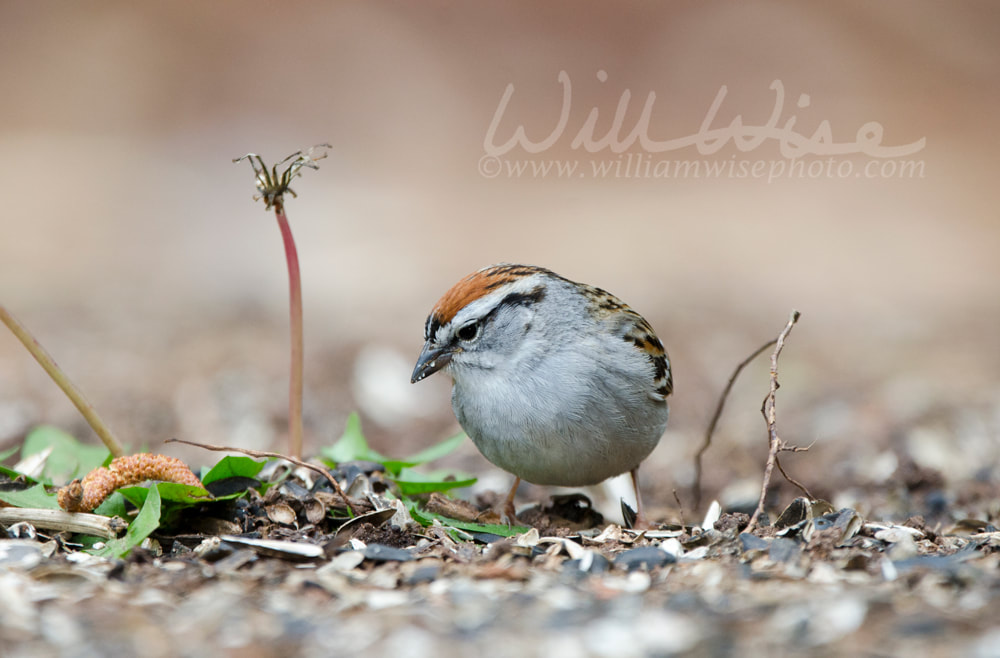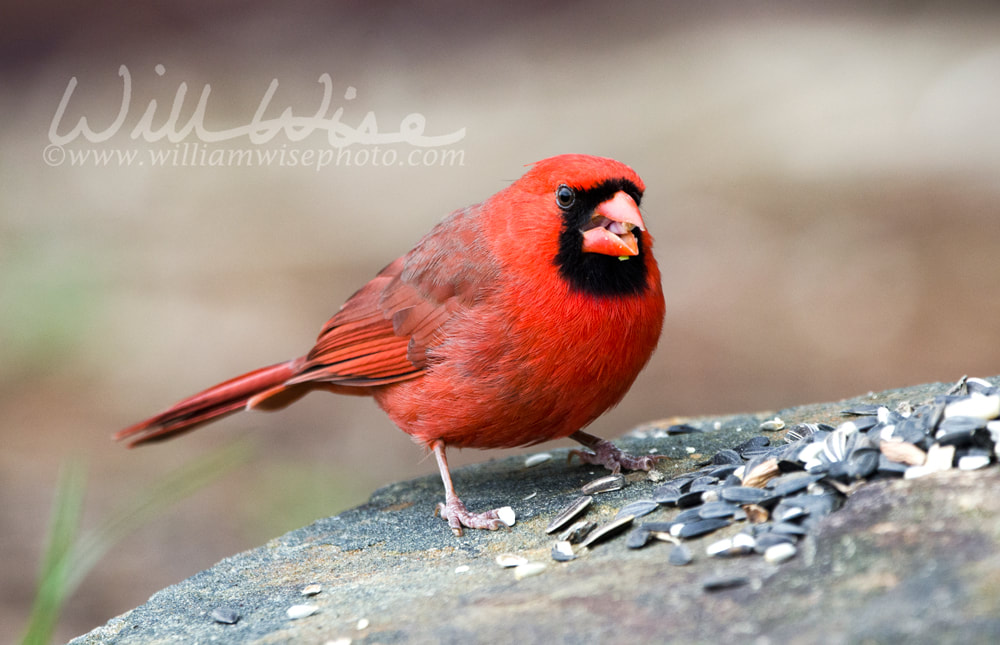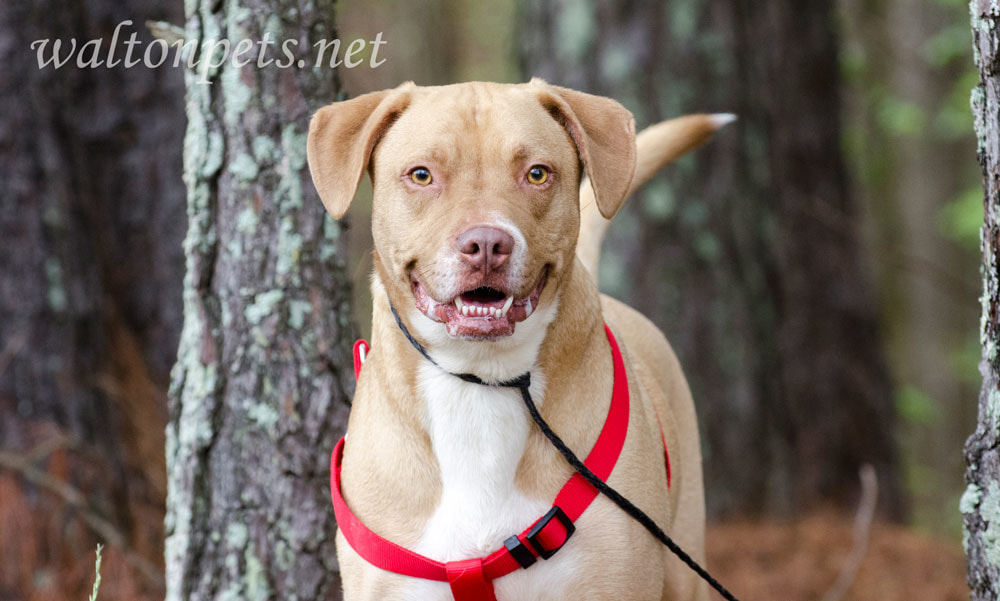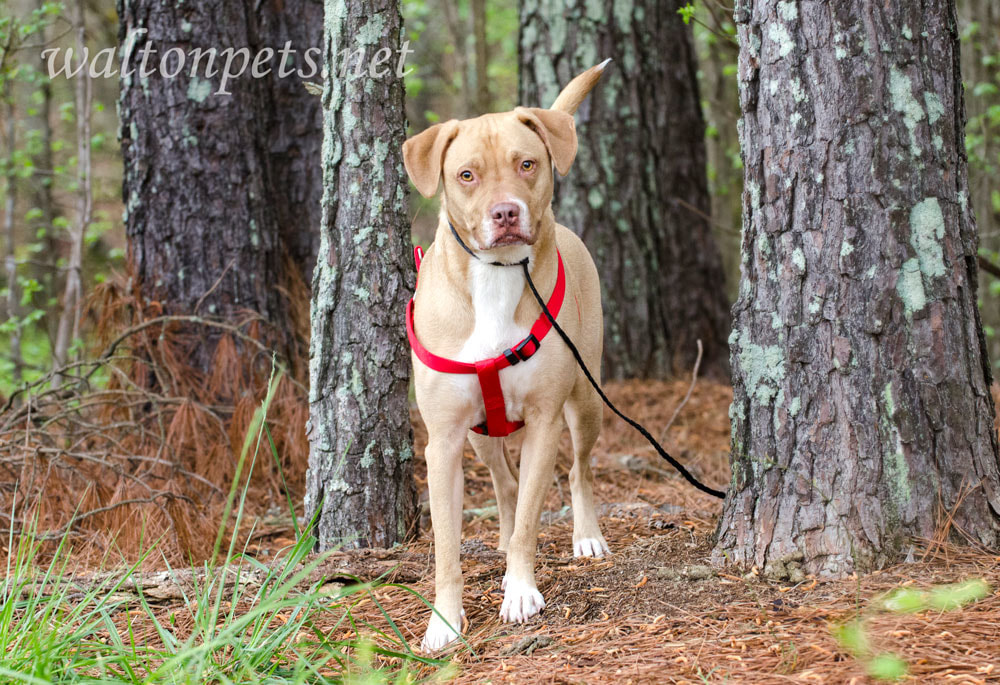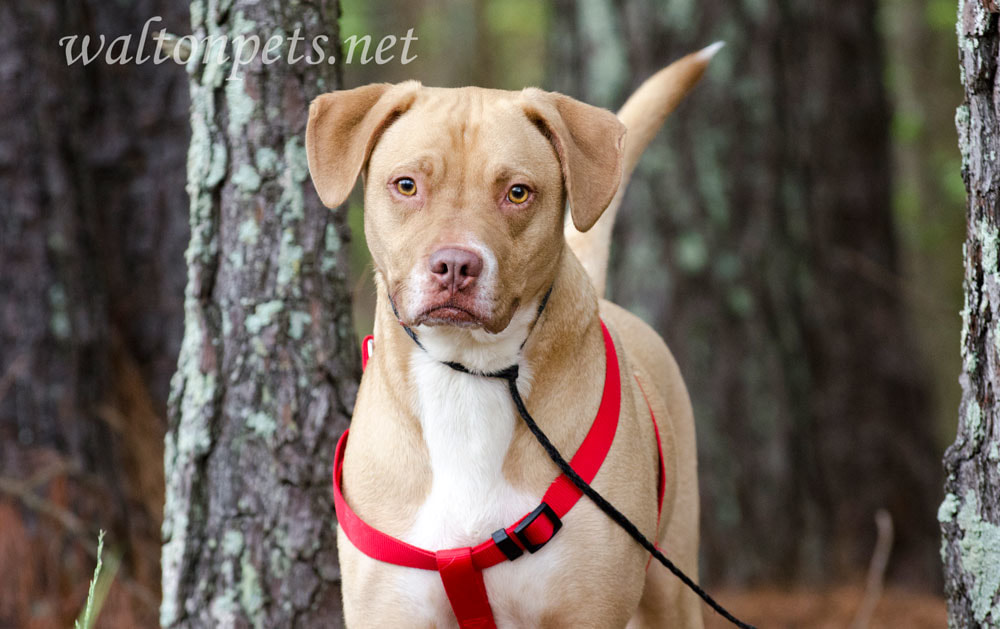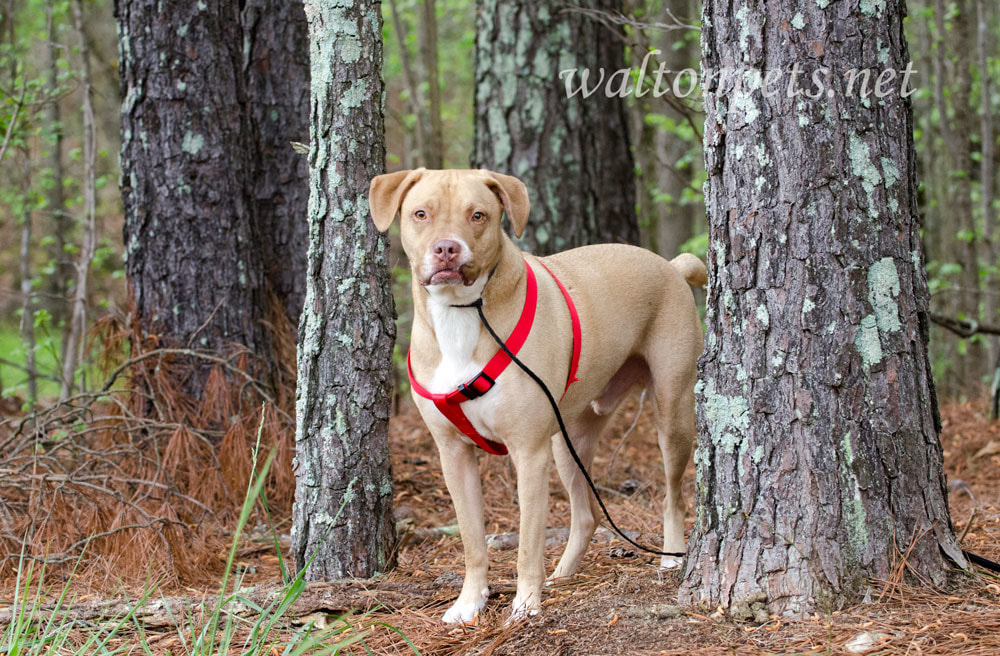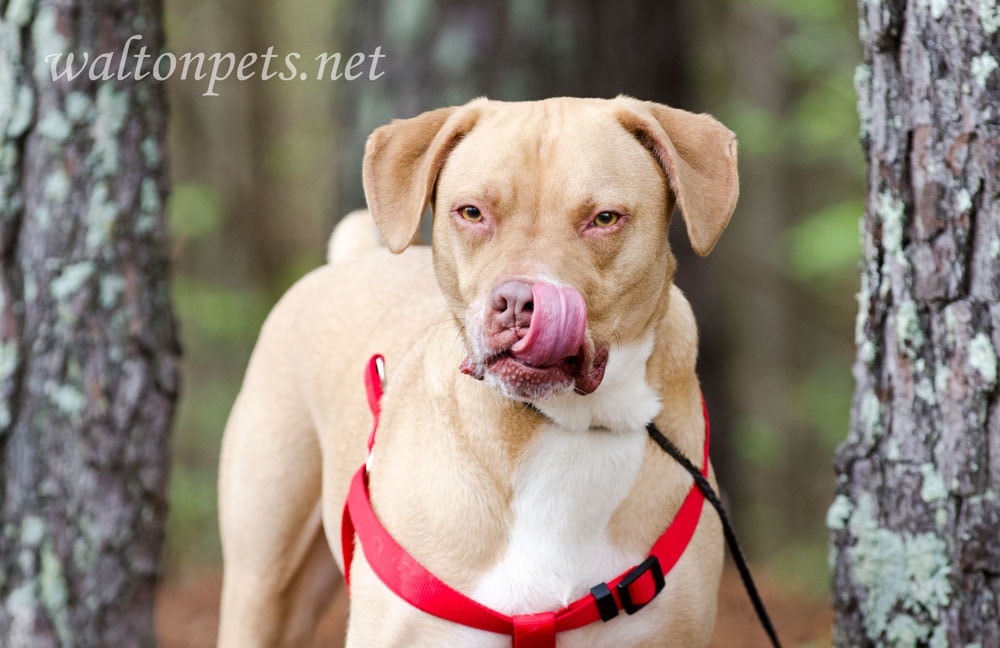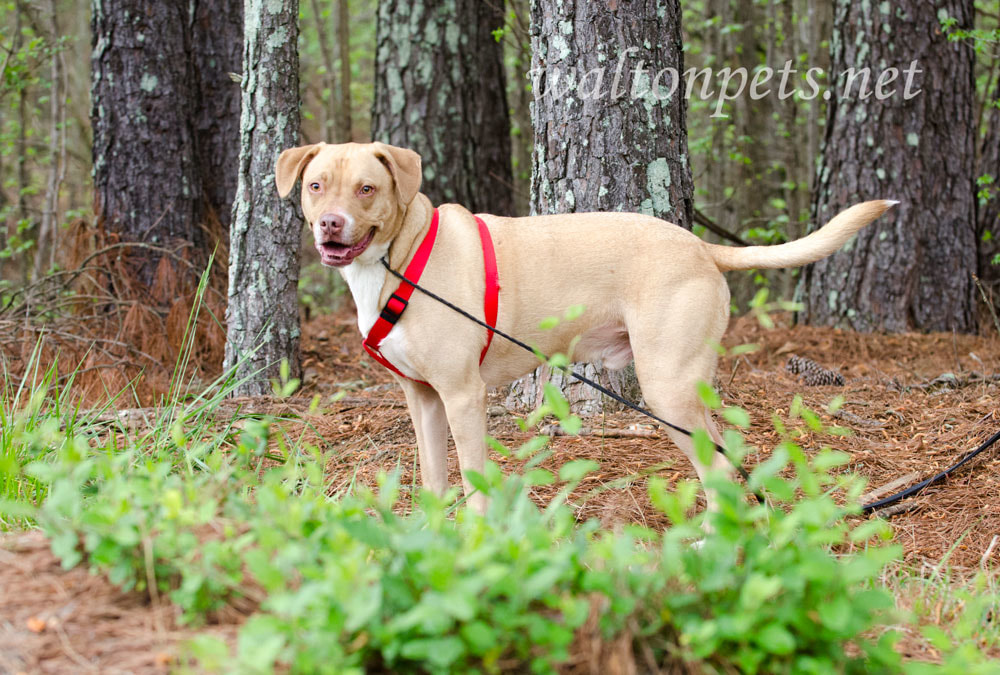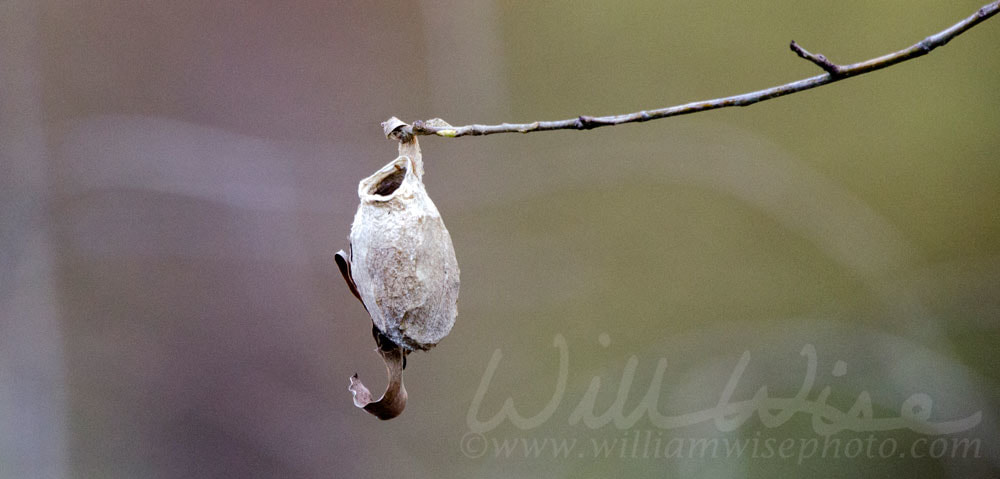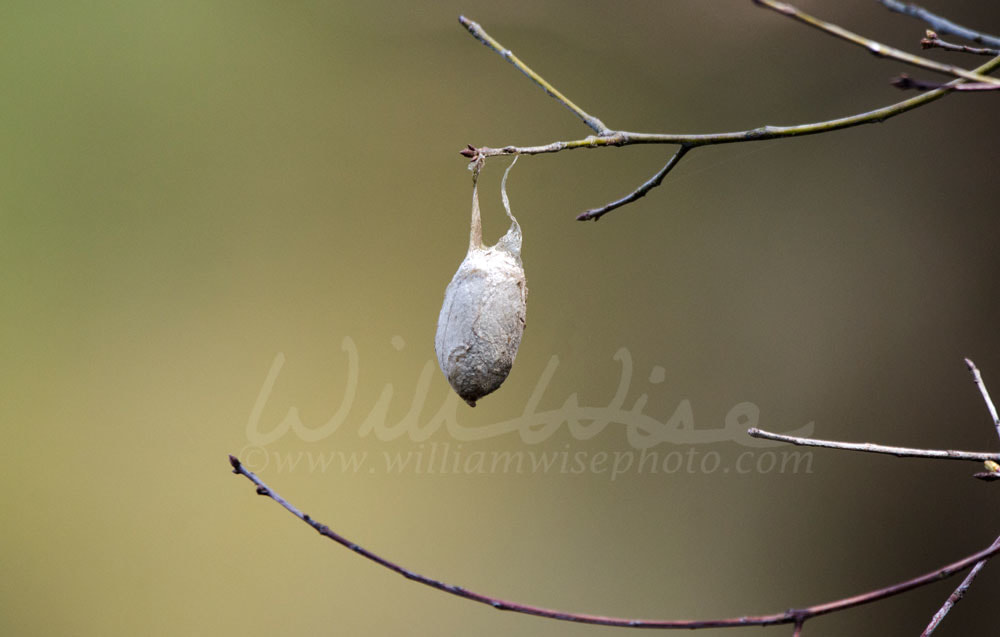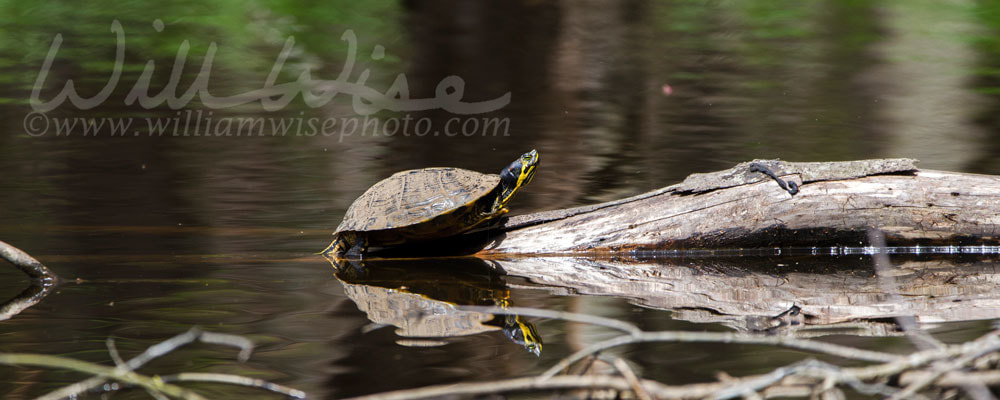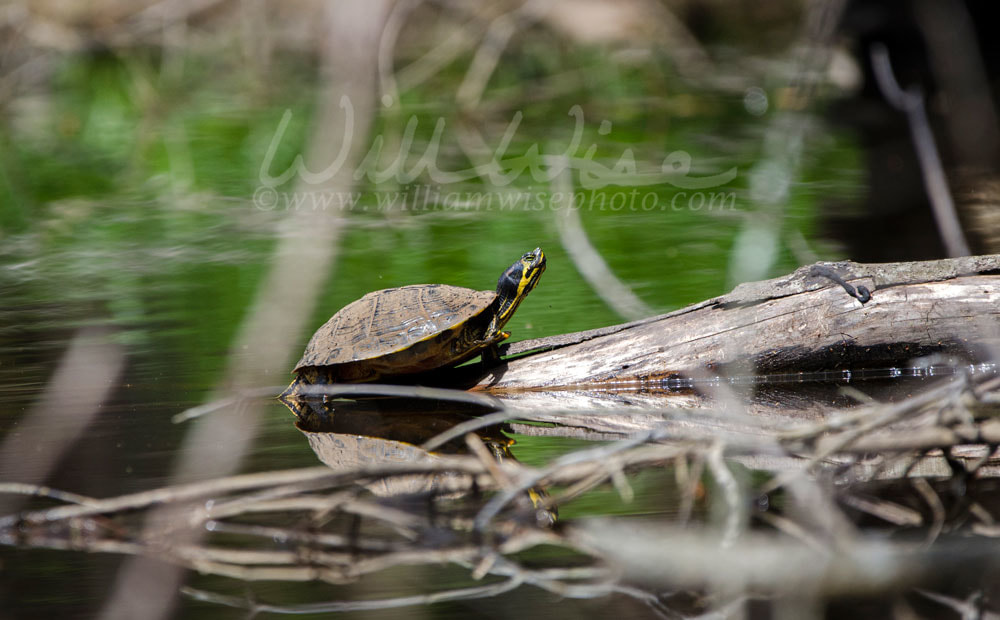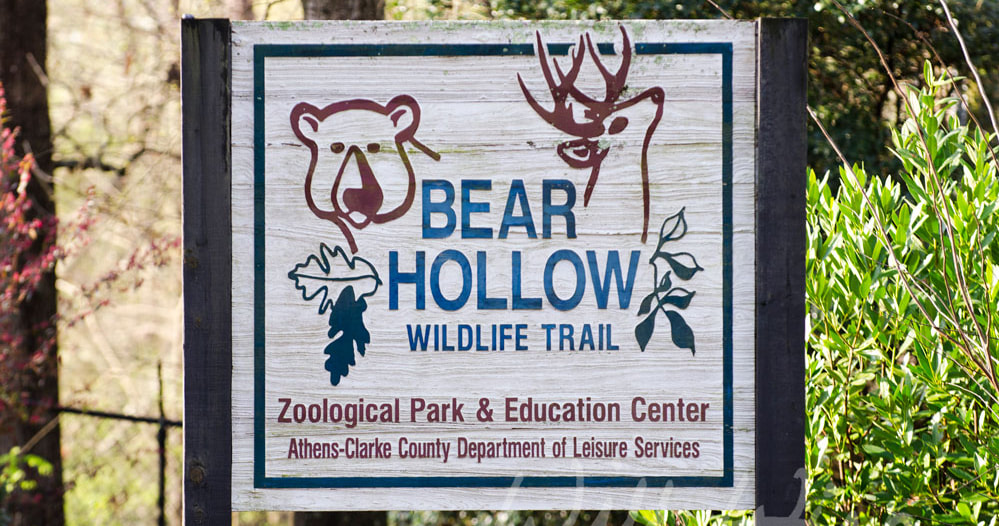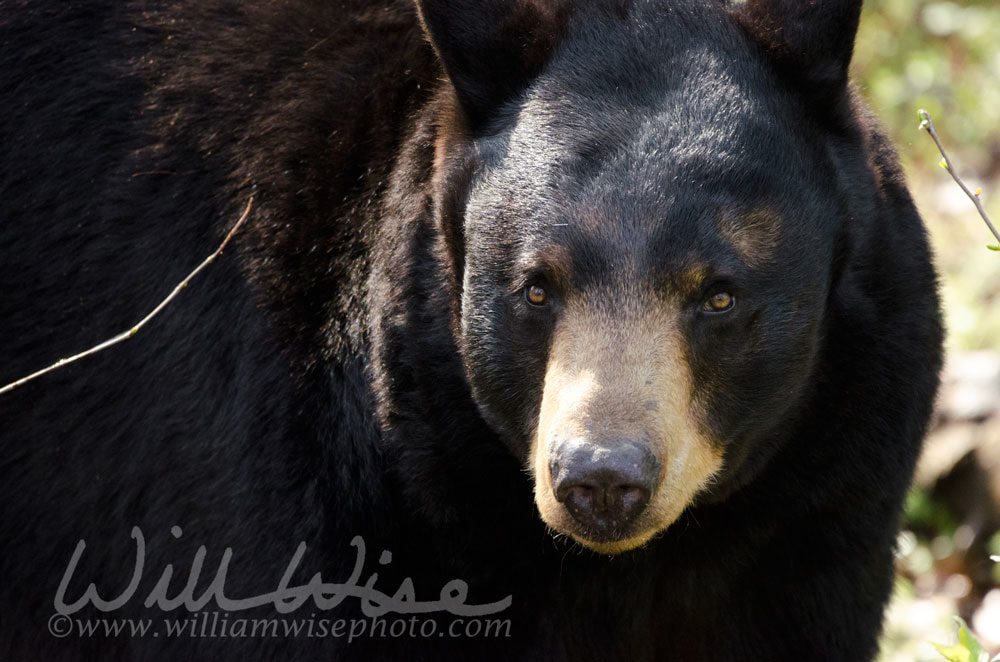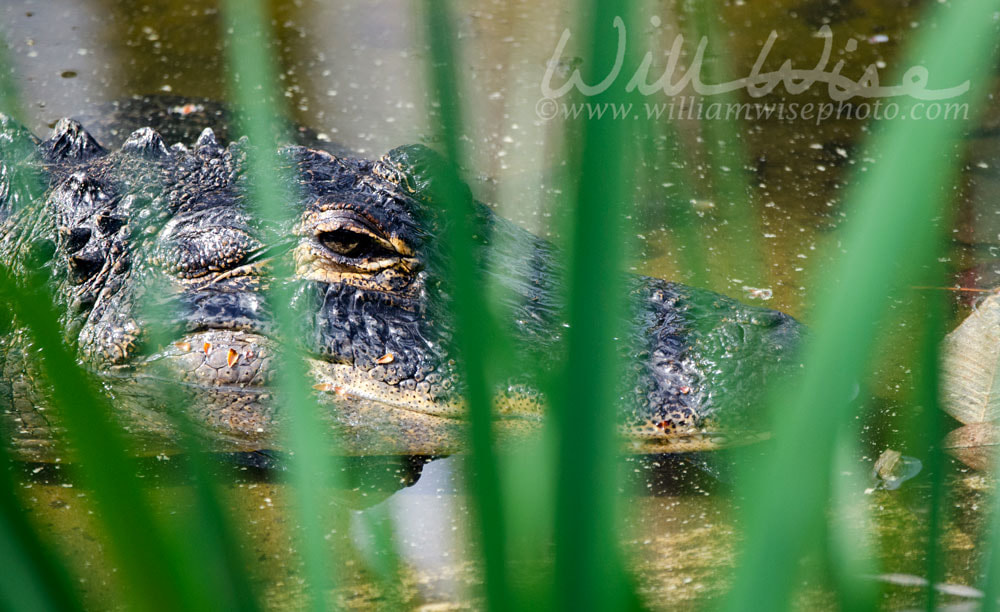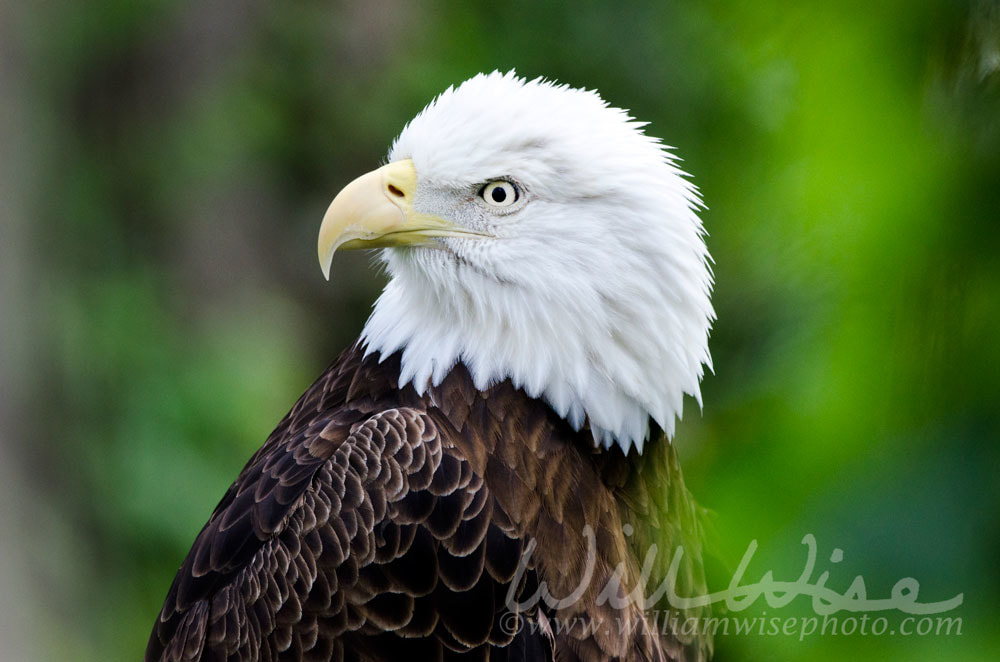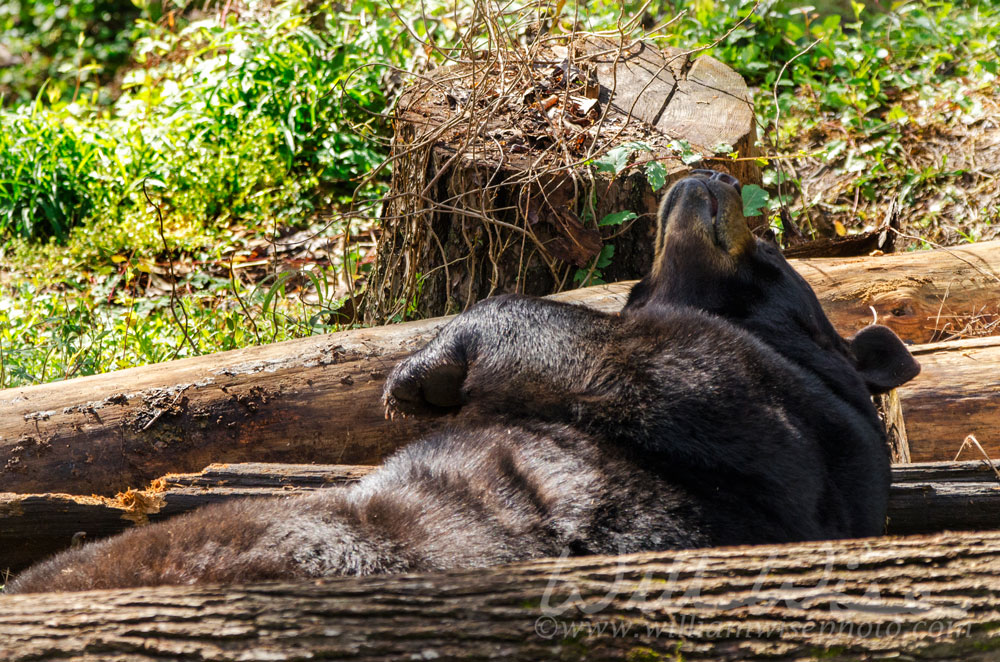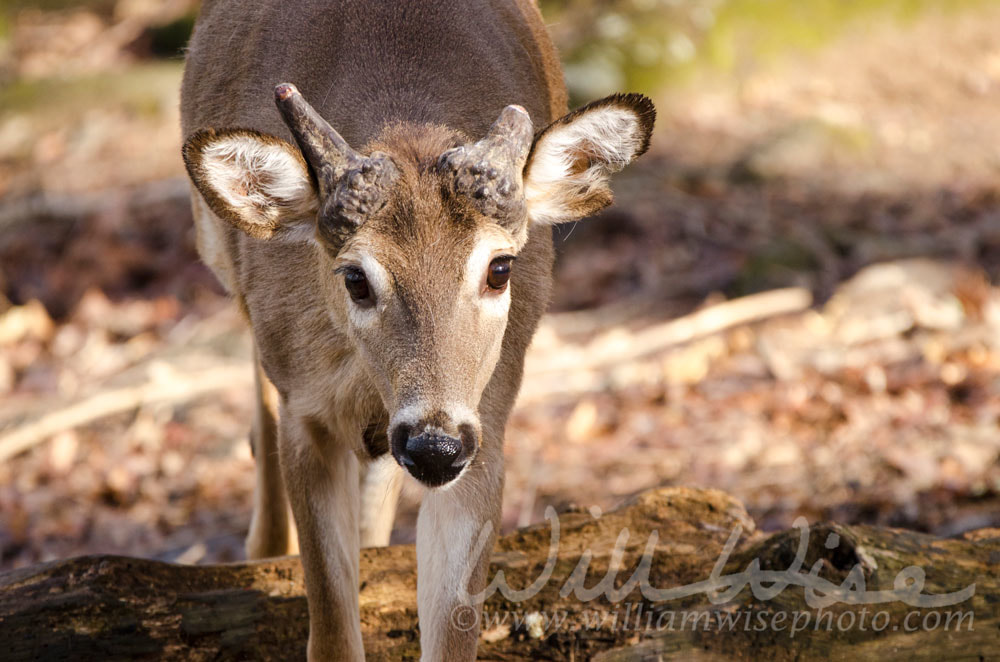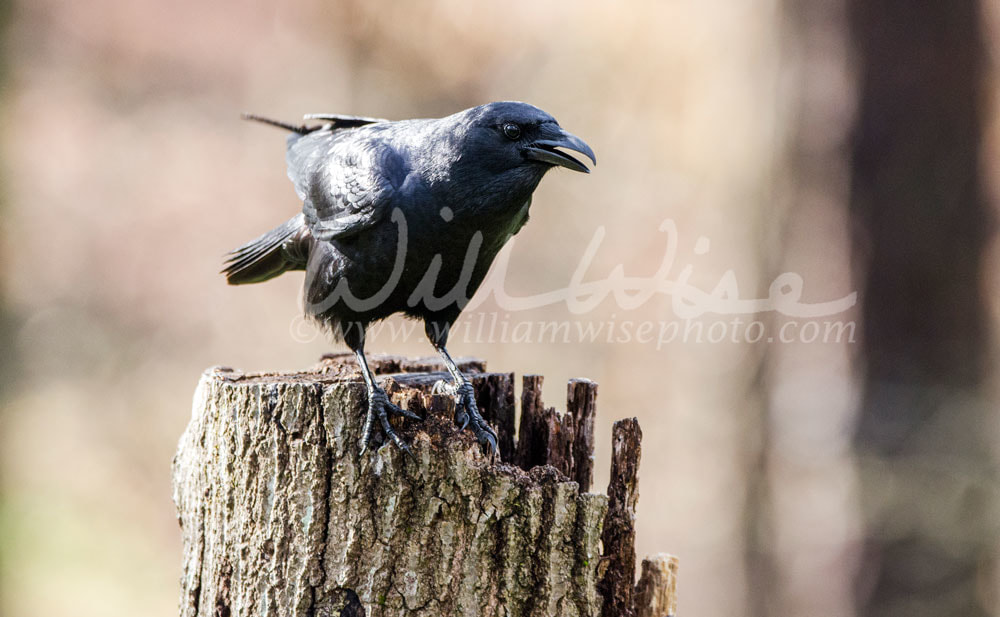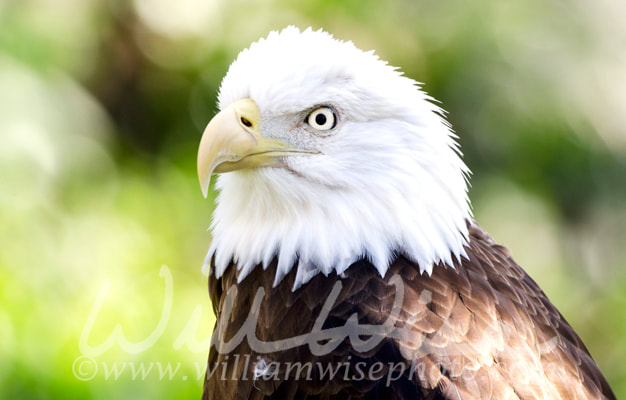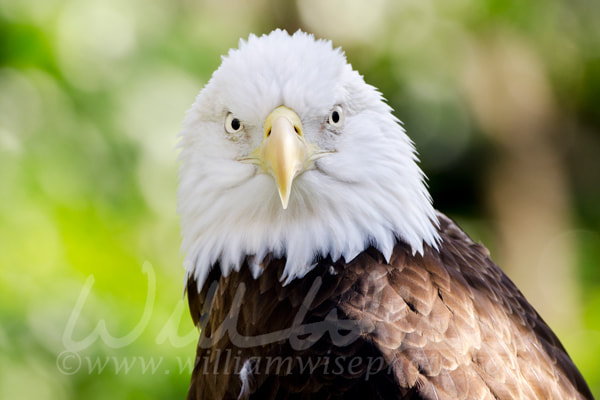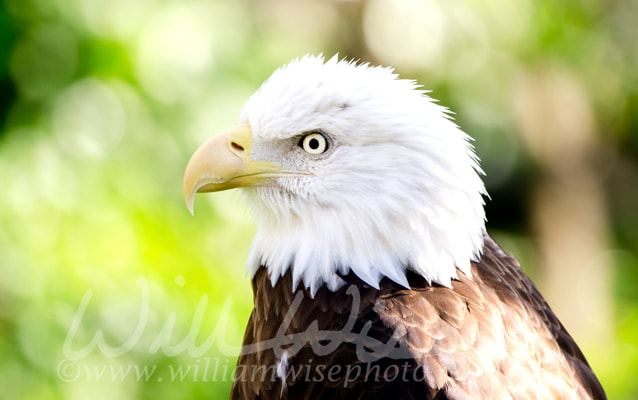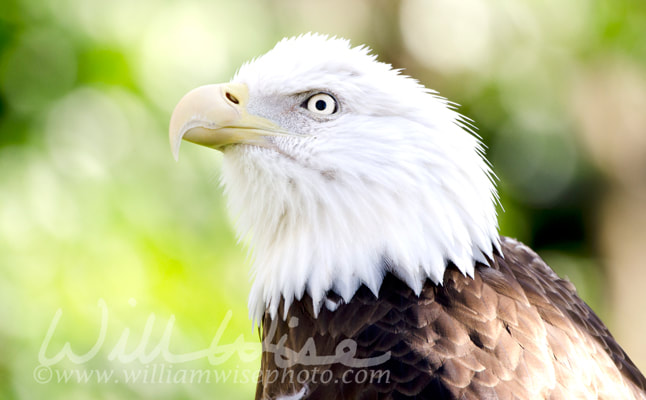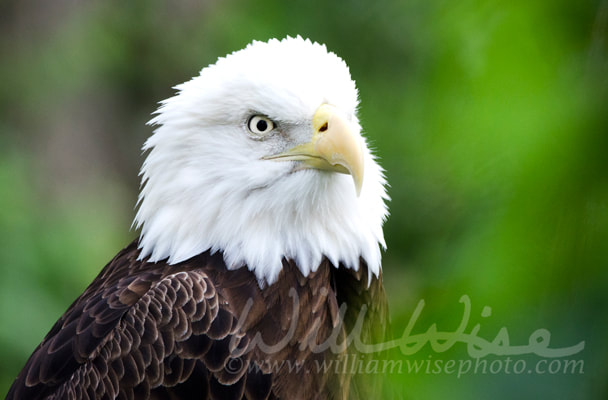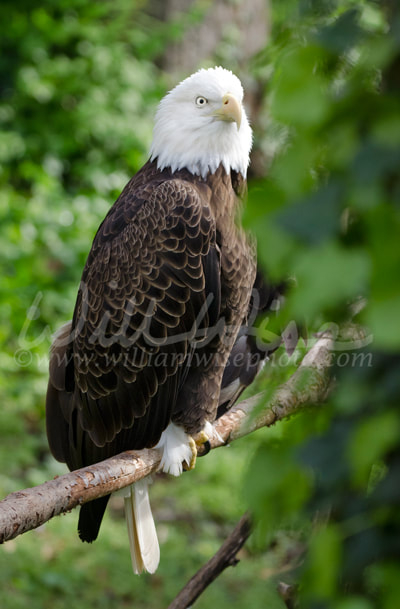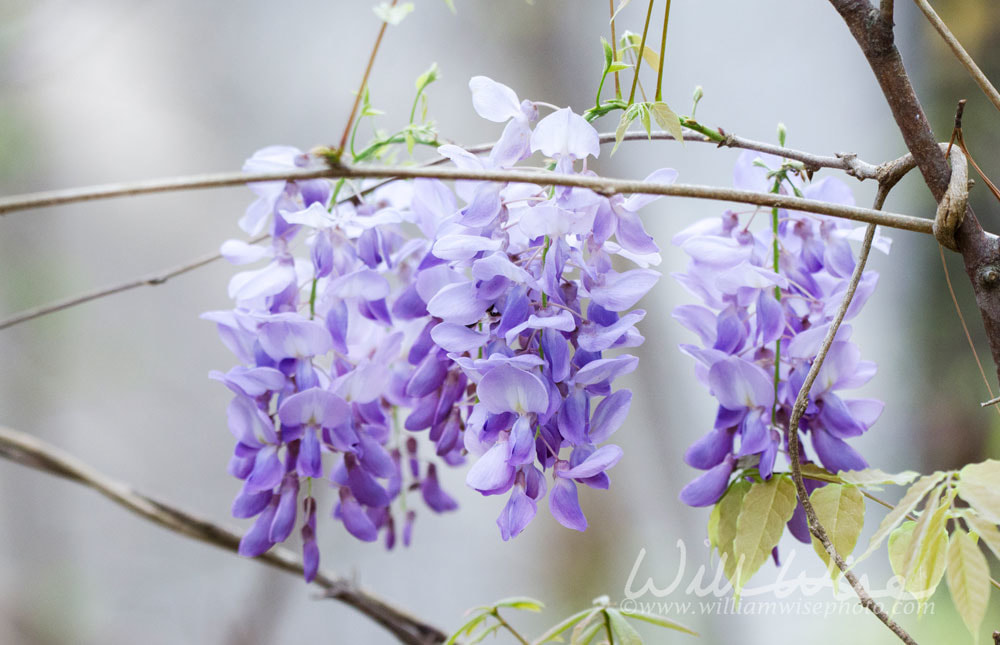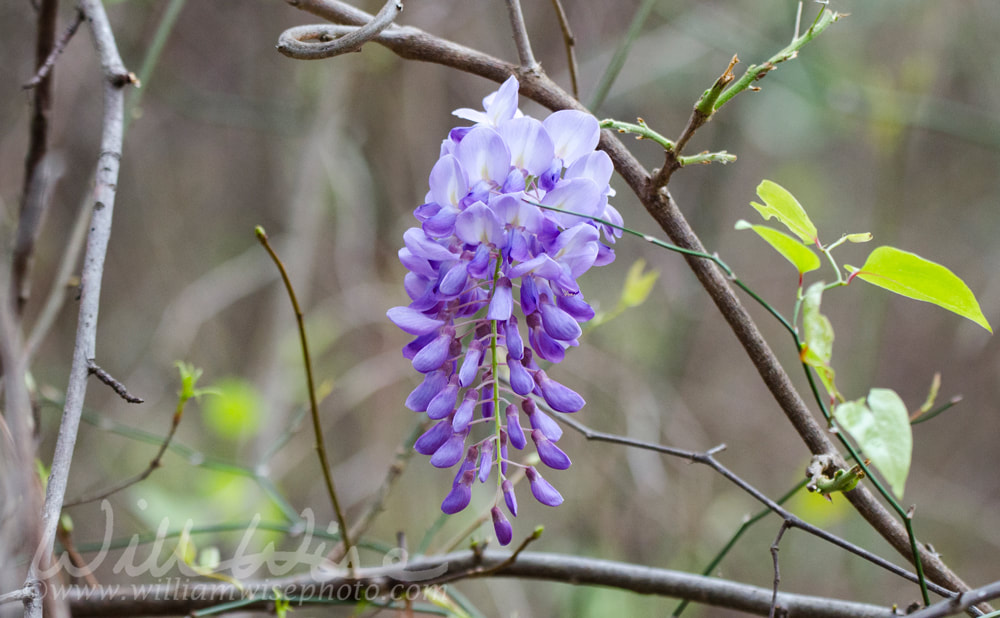Genesis 1:22 And God blessed them, saying, Be fruitful, and multiply, and fill the waters in the seas, and let fowl multiply in the earth. Friday, April 20, 1:32 PM – Wonderful morning! The eggs of the two Canada Geese have hatched! The proud parents now cruise the pond with six yellow fluff-ball babies swimming close by. Such cute little chicks! I will enjoy watching their progress as they grow over the next few weeks. Thursday, May 10, 2018 - It’s a beautiful sunrise on a beautiful day. There’s not a single cloud in the blue sky. A second pair of Canada Geese with goslings is on the upper pond this morning. Two adults with five goslings, probably half the size of the family I’ve been watching for the last few weeks. They were startled at my presence and ran quickly down into the pond. The driveway behind the shelter is absolutely littered with goose droppings.
0 Comments
Proverbs 20:15 Gold there is, and rubies in abundance, but lips that speak knowledge are a rare jewel. 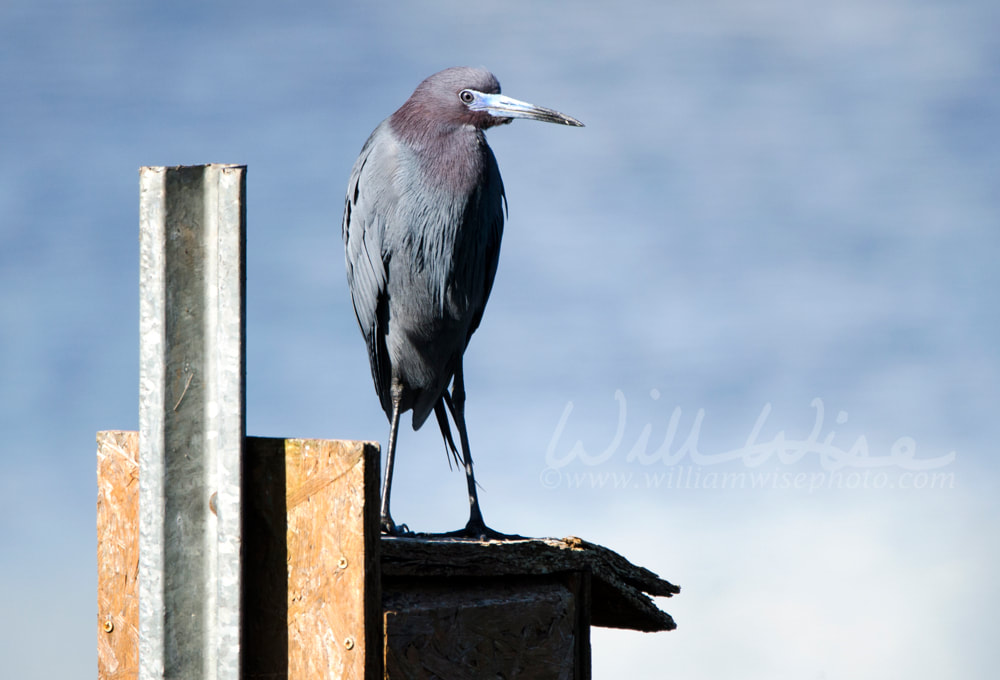 Little Blue Heron, Egretta caerulea, perched on wooden duck breeding box over blue water pond in Monroe, GA USA. A small, dark heron arrayed in moody blues and purples, the Little Blue Heron is a common but inconspicuous resident of marshes and estuaries in the Southeast. They stalk shallow waters for small fish and amphibians, adopting a quiet, methodical approach that can make these gorgeous herons surprisingly easy to overlook at first glance. Little Blue Herons build stick nests in trees alongside other colonial waterbirds. Friday, 9:42 AM - What is “rare”? An online dictionary says that something rare is “not found in large numbers and consequently of interest or value.” It was a thing of excitement for me (in a bird nerd sort of way) to enter into the “rare bird” realm today! As soon as I saw the purplish-blue, small sized heron standing on top of one of the duck boxes over the retention pond behind the animal shelter, I knew I had never seen a Little Blue Heron here before. But does that make it “rare”? While paddling the Okefenokee the last two summers, I saw dozens and dozens of Little Blue Herons; up in the trees, walking on the lily pads, standing next to gators; even the white juveniles were in abundance. Certainly not rare in the Okefenokee! And there was no shortage of Little Blues on Hilton Head Island and other coastal areas as well. But apparently here in Walton County, spotting a Little Blue Heron is a rare thing! I had to check the “rare” box on the ebird app and provide supporting text and photo documentation. Even after submitting all that, it was still several weeks before a local reviewer could confirm my sighting. Twenty-five years ago when all I cared about was snakes, I could never figure out those weird birder people. But now, I’m fully addicted just like them! You know you’re hooked when you want to tell all your friends about the “rare” Little Blue Heron you spotted that day… and they in turn look at you with that same blank stare I gave the birders in my twenties! Walton County, Georgia, USA 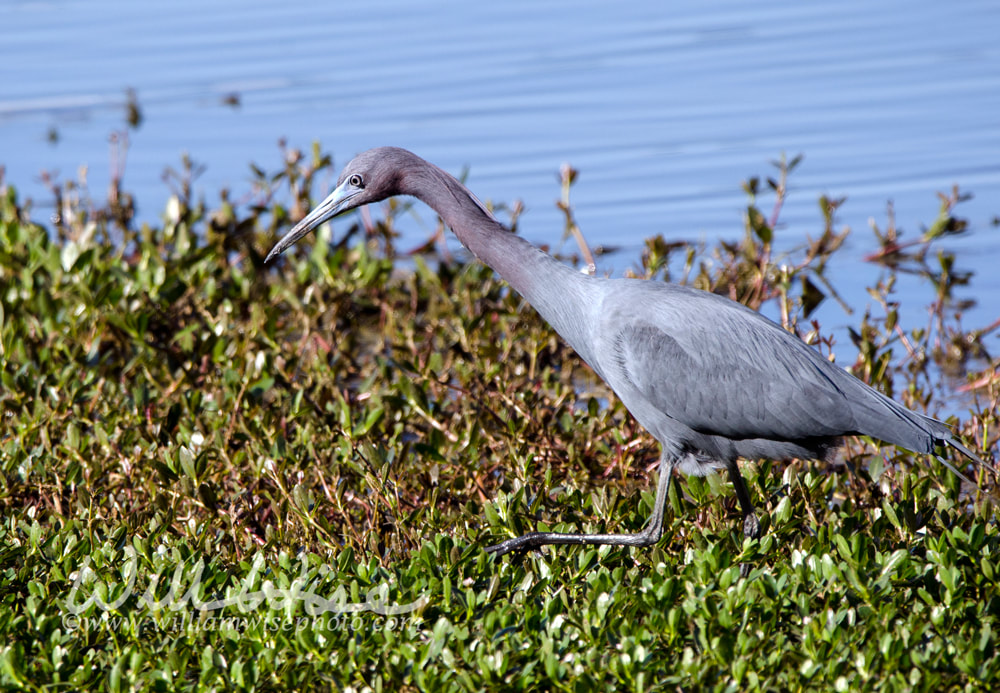 Little Blue Heron, Egretta caerulea, fishing on shore over blue water pond in Monroe, GA USA. A small, dark heron arrayed in moody blues and purples, the Little Blue Heron is a common but inconspicuous resident of marshes and estuaries in the Southeast. They stalk shallow waters for small fish and amphibians, adopting a quiet, methodical approach that can make these gorgeous herons surprisingly easy to overlook at first glance. Little Blue Herons build stick nests in trees alongside other colonial waterbirds. 1 Timothy 6:14 "Keep this command without spot or blame until the appearing of our Lord Jesus Christ, Friday, 8:40 AM - With my wife gone all week to Romania, it was a pretty hectic schedule all week at home. I could be spotted cooking, cleaning (somewhat), doing laundry, and carting the girls back and forth to soccer practice. I was very thankful that the animal intake was very low for the week and coming to work almost seemed like a break! On an early morning bird walk around the retention ponds, I spotted another new life bird for me: the Spotted Sandpiper. Four of these little, plump birds were bobbing their tails up and down on the floating vegetation of the banks. Cornell’s website says, “Though you may think of the beach as the best place to see a sandpiper, look for Spotted Sandpipers alone or in pairs along the shores of lakes, rivers, and streams. The Spotted Sandpiper is the most widespread breeding sandpiper in North America.” In just a short time walking the pond perimeter, I spotted several more species and snagged a nice ebird list. It seems all the birds were out enjoying this beautiful, sunny spring morning as the sky warmed up. Walton County, Georgia, USA Genesis 32:28 And he said, Thy name shall be called no more Jacob, but Israel: for as a prince hast thou power with God and with men, and hast prevailed. What’s in a name?
Thursday, 8:49 AM - It can sometimes be tough to come up with names for so many shelter animals. You can get stuck in a rut and over use “Rex”, “Bella”, “Jack”, “Jake”. You can even have a total mental block. This handsome Boxer came in with another dog that got the name “Bambi”. Her name was easy… she just looked like a Bambi! But what about the Boxer? I quickly googled the characters of the Disney movie Bambi. He just didn’t look like a “Thumper” or “Flower”. But Bambi‘s father was simply known as the Great Prince of the Forest. “Prince”. That would be a good one. As the photo session went on, I realized the name suited his regal personality very well. Such a stately pose and well-cut muscular build. “Prince” got some immediate interest, but in a turn of events it took him some time to make it out of the shelter. Although he never tried to bite or attack anyone, there were a couple of occasions that he growled at potential adopters and rescues that came to look at him. Eventually, Boxer Rescue VT hired a trainer to come evaluate him and he passed with fying colors! The rescue went to work to get him transported up north. Finally, on May 1, “Prince” got his freedom day and left the shelter for a new life in Vermont! His rescue was sponsored by donations to Boxer Rescue VT from Alice, Lane and Anne. Isaiah 49:15 "Can a woman forget her child, that she should not have compassion on the son of her womb? yea, they may forget, yet will I not forget thee." Thursday, 8:42 AM - Lost and forgotten? That is how it seemed. Being a more mature dog, Bambi had to have been a part of somebody’s family for at least a few years. So how is it that she sits in the shelter for so long unclaimed? How is it that so many of the dogs go unclaimed by owners? “Bambi” was picked up stray by Walton County Animal Control Officer on April 16, 2018 in Monroe, Georgia. As is all too common, she also had no collar, tag or microchip for the officer to find her way home. Even after posting her intake photo on several lost and found websites, still no owner came forward. As the days passed by, it became clear that “Bambi” was lost and forgotten by her owner. It was time to try to find her a new home; a home that cared and wouldn’t let her be forgotten again! It was time for some good adoption photos. Being just a plain mixed breed dog, I wanted something to make Bambi’s photos stand out. Tying a simple red bandanna around her neck helped add some character to her photograph. Perhaps someone would make an emotional connection with her pleading eyes looking up at the camera. “Bambi” was photographed for the Walton County Animal Control shelter in Monroe, Georgia on April 19, 2018. She was placed on the shelter’s adoption website, www.waltonpets.net. She was rescued on April 28, 2018 by Sav A Pet Rescue in Dothan, AL! The pastures of the wilderness drip, And the hills gird themselves with rejoicing. The meadows are clothed with flocks, And the valleys are covered with grain; They shout for joy, yes, they sing. Psalm 65 It’s 7:30 AM on my back patio. Lidia is in Romania, the girls are still sleeping. The Crepe Myrtles are sporting new sprigs of foliage about 4 to 6 inches long and the Persimmon is finally beginning to bud fourth. The Honeysuckle on the arbor is full and covered in bright flowers. Thick white clouds cover the sky. Lower, faster moving, darker clouds begin to move in from the western horizon. Instead of brightening with sunrise, it is actually getting darker as the gray clouds continue to move in. In the dim light, I see a dark blue bird at the feeder. The first Blue Grosbeak of the season has arrived! The sky turns darker and the sounds of strong winds pick up through the woods. The rains are coming… Rain, rain, rain all morning during church service. In between services, despite the light rain, there is such a wonderful bird activity at the feeders. While eating lunch I spy several bright Goldfinches moving across the yard. One of these days I’ll get a close-up. At 2:26 PM, rolling thunder. I see a small bird zipping across the yard. It buzzes over to the honeysuckle blooms on the turtle pond arbor. A hummingbird! Next, a gathering of brown birds with slight yellow highlights. Are they faded out Yellow-rumped Warblers? Are they some variety of House Finches with whom they are gathered? In a few minutes, one of the birds in question alights just feet from me in Crepe Myrtle almost as if he knew I wanted a closer look. The Merlin App identifies it as a Pine Siskin. Another life bird photo for me! The rain continues, and so do the birds. Chipping Sparrows; the Blue Grosbeak returns but this time with his mate; two Red-bellied Woodpecker’s chase each other around the Persimmon tree; towhees scraping the mulch and discarded seed hulls. At 3:25, strong wind and driving rain pushes me indoors. But through the front window I see another new bird. Brown streaks on a tan belly, yellowish eyebrow and throat, and a rusty cap. Once again I consult the Merlin App and he tells me a Palm Warbler is visiting my yard. Another life bird photo! Athens, Clarke County, Georgia Jeremiah 8:7 The stork knows the time of her migration, as does the turtledove, the crane, and the swallow. They all return at God’s appointed time each year... Sunday, April 15, 2018 – on my usual perch, the back patio, between the morning and evening services on this cloudy Sunday. Just after 2 PM, I hear the thunder rolling in the distance. And right after, I hear that buzzing whir I haven’t heard since last summer: a Ruby-throated Hummingbird! The first of the season! Although it may be some time until the full regimen returns, I run inside and get the feeder from the cabinet. Sunday, April 22 - 7:30 AM on my back patio under a gray sky with a slight cool breeze. I hear that familiar buzz near the turtle pond. A bright throated male stops only momentarily at the honeysuckles. About 20 minutes later he stopped in again, this time for a drink at the recently filled feeder. Tuesday, 10:18 AM - One of the most rewarding aspects of being an animal shelter photographer is seeing abandoned and neglected pets get a new chance at life. All the good done by animal shelters and shelter photographers can help combat the ignorance of neglectful humans.
“Lilith” was a recent happy ending at the Walton County Animal Control shelter in Monroe, Georgia. In the winter of 2017/2018, animal control began receiving calls about a thin Boxer tied out on a chain in freezing weather. After a visit from an officer, the owner got “Lilith” to the vet and she began gaining weight. All was well. Right? Animal control received another call in April 2018 that “Lilith” had again dropped weight. This time, the owner was charged with inhumane treatment and “Lilith” came to the shelter. The first step was to get quality photographs to be entered as evidence in the upcoming court case. Second, it was outdoors to get her some shots to post on the shelter's adoption website www.waltonpets.net and find her a new home! “Lilith” was a such a joy for me to photograph. Although pitifully neglected and emaciated, she still had a sweet and tender personality. Being calm, she posed nicely for her photographs. And the greater joy was learning that Atlanta Boxer Rescue announced the next day that they’d take Lilith into their care for rehabilitation and re-homing! Not every case can turn out great in an open-intake shelter. But when it does, we can rejoice, as in Lilith’s case!  William Wise Photo Nature Notes is a wildlife, birding and nature photography blog documenting the beauty, design and wonder of God’s creation. -- "What a wildly wonderful world, God! You made it all, with Wisdom at Your side, made earth overflow with your wonderful creations." Psalms 104 The Message 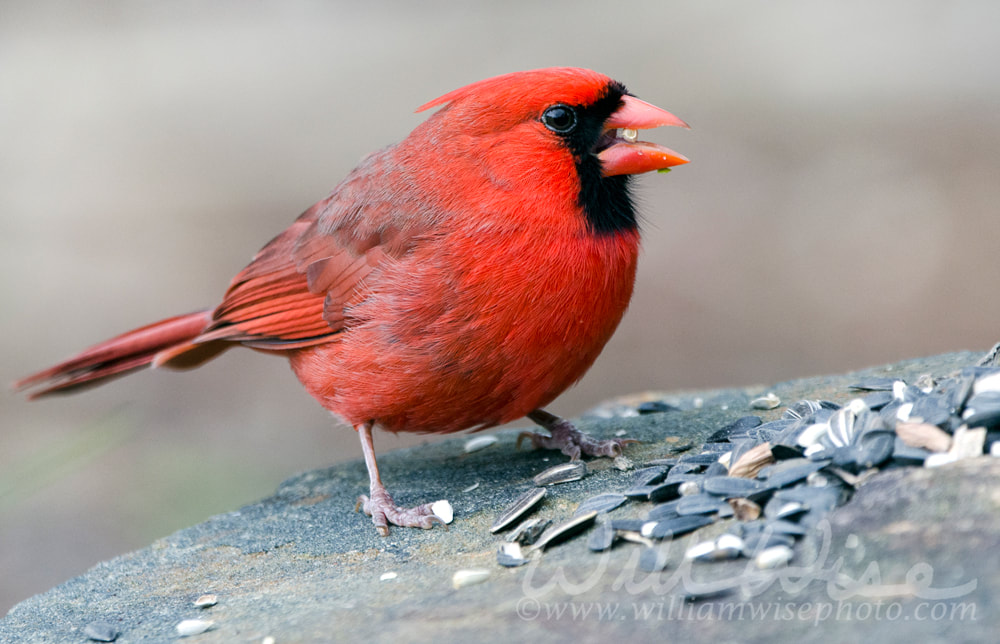 Male red Northern Cardinal, Cardinalis cardinalis, songbird eating sunflower seed off a rock in Athens, Georgia, USA. Cardinals, in the family Cardinalidae, are passerine birds found in North and South America. They are also known as cardinal-grosbeaks and cardinal-buntings. They are robust, seed-eating birds with strong bills. They are typically associated with open woodland. Sunday, 3:29 PM - I made a Creation Speaks presentation this morning focusing on Genesis 1:3, “And God said… “ The second half of the presentation, called Wild Designs, featured my recently purchased stuffed armadillo. The kids loved it! In between the morning and evening church services, it was a bit of a somber, cloudy afternoon. The bold gold of an American Goldfinch drew my eye as we ate lunch. Placing some black oil sunflower seed on a nearby rock, I laid on my belly underneath the swing set in the backyard. Of course, all of the birds I saw while eating lunch had now vanished when my lens was present. Having nothing else to do, I laid there for almost an hour waiting for the birds. The only avians to make appearances were a Chipping Sparrow, a male Northern Cardinal, and a female Eastern Towhee. Being within just 20 feet and using a 600mm lens provided some great close up shots. The Goldfinch that had originally drawn me out birding appeared only briefly high up in a tree and backlit against the cloudy sky. Perhaps one day I’ll get a good Goldfinch shot. Clarke County, Georgia, USA 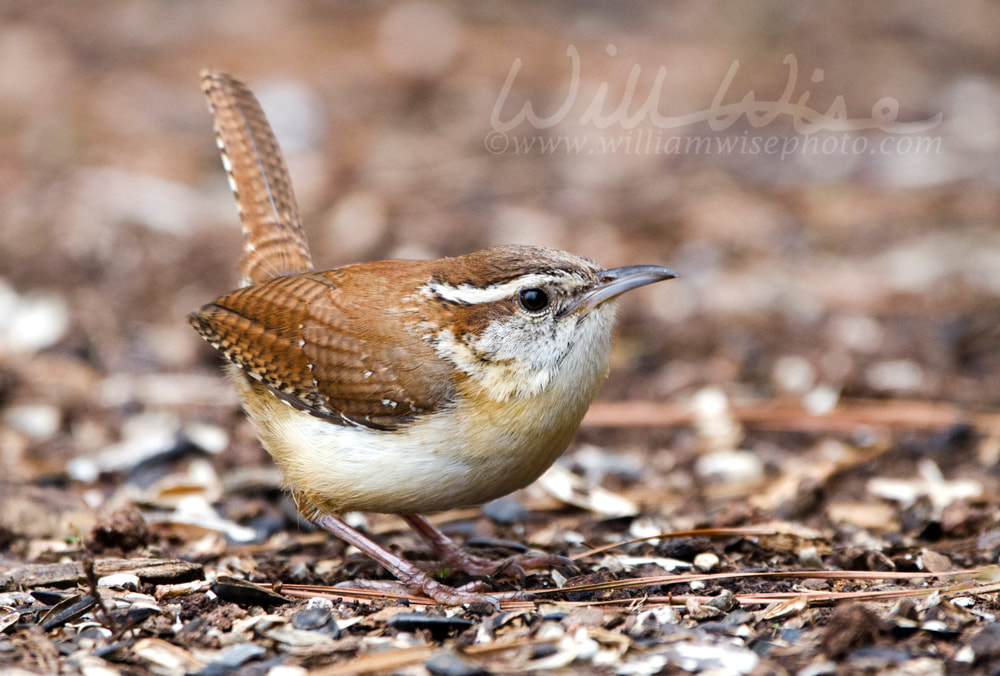 Carolina Wren, Thryothorus ludovicianus, songbird eating seeds off the ground in Athens, Georgia, USA. In summer it can seem that every patch of woods in the eastern United States rings with the rolling song of the Carolina Wren. The Carolina wren Thryothorus ludovicianus is a common species of wren that is a resident in the eastern half of the United States of America, the extreme south of Ontario, Canada, and the extreme northeast of Mexico. 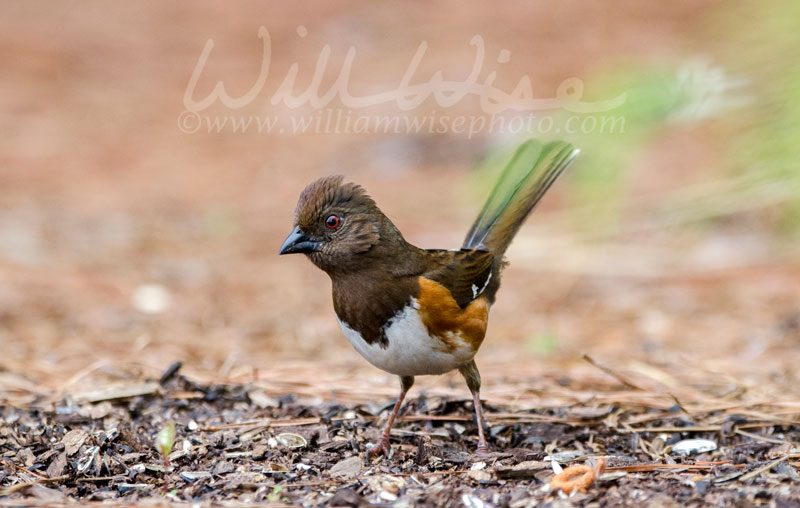 Female Eastern Towhee bird eating seed, songbird eating sunflower seed off a rock in Athens, Georgia, USA. Females have chocolate brown heads as opposed to the male black pluage. The eastern towhee Pipilo erythrophthalmus is a large New World sparrow. Formerly this bird and the spotted towhee were considered a single species, the rufous-sided towhee. Their breeding habitat is brushy areas across eastern North America. 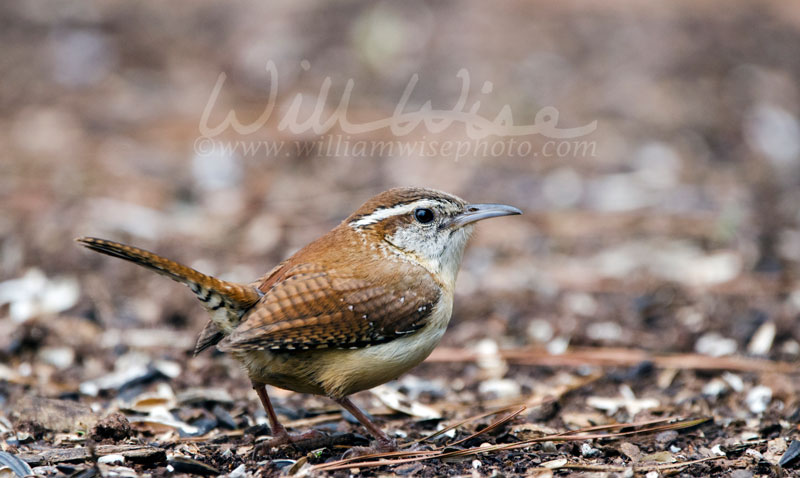 Carolina Wren, Thryothorus ludovicianus, songbird eating seeds off the ground in Athens, Georgia, USA. In summer it can seem that every patch of woods in the eastern United States rings with the rolling song of the Carolina Wren. The Carolina wren Thryothorus ludovicianus is a common species of wren that is a resident in the eastern half of the United States of America, the extreme south of Ontario, Canada, and the extreme northeast of Mexico. 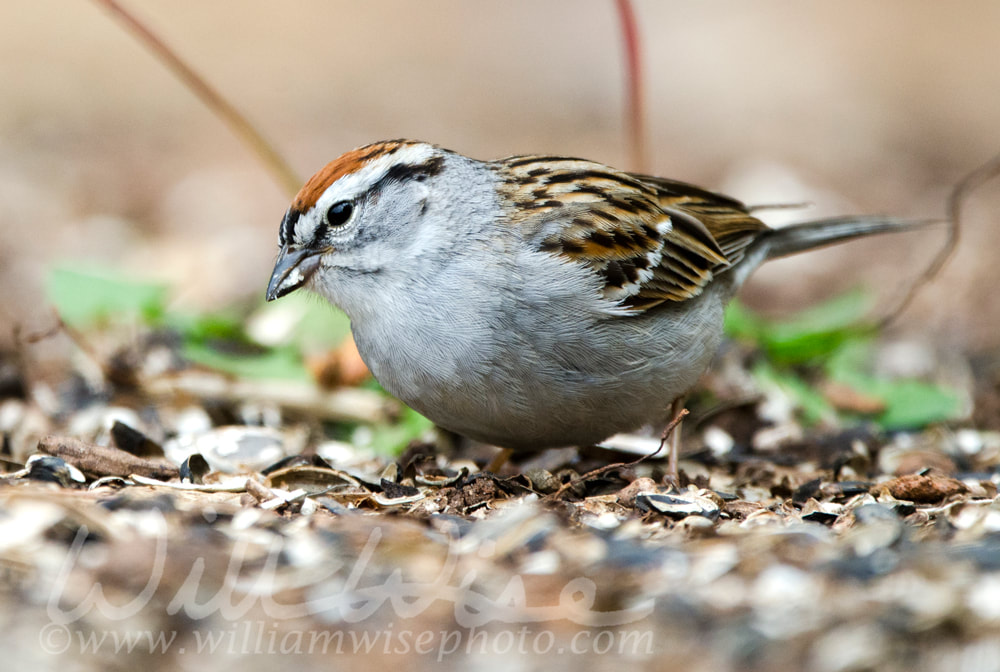 Chipping Sparrow, Spizella passerina, songbird eating bird seed off the ground in Athens, Georgia, USA. Chipping Sparrows are common across North America wherever trees are interspersed with grassy openings. Their loud, trilling songs are one of the most common sounds of spring woodlands and suburbs. 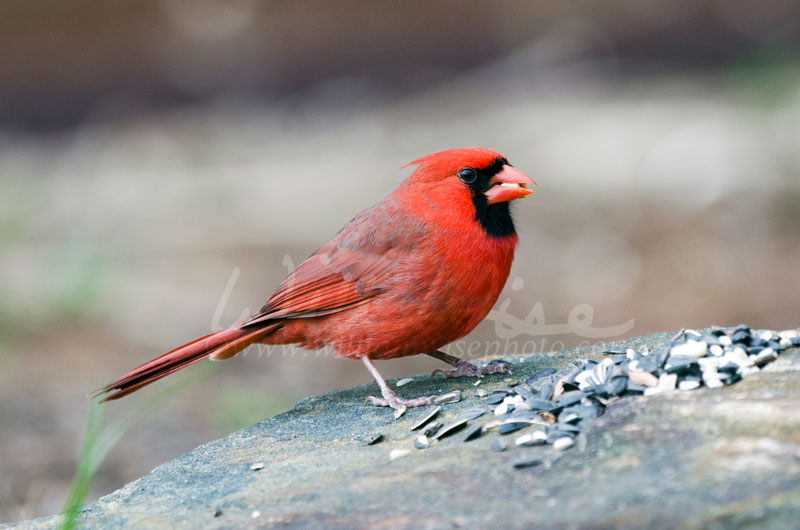 Male red Northern Cardinal, Cardinalis cardinalis, songbird eating sunflower seed off a rock in Athens, Georgia, USA. Cardinals, in the family Cardinalidae, are passerine birds found in North and South America. They are also known as cardinal-grosbeaks and cardinal-buntings. They are robust, seed-eating birds with strong bills. They are typically associated with open woodland. Psalms 68:6 "God makes homes for those who are abandoned; He makes free those who are bound with chains." “What breed is ‘Miles’?” That is an email question I receive frequently; especially since I quit listing the breed on our adoptables website. For different reasons, I decided to quit listing my guess at a dog’s breed and let the photos speak for themselves. When it comes down to it, what matters most is not a dogs ‘label’, but the fact that it is in dire need of rescue! With so many mixed breeds that come through the shelter, it can sometimes get tough to pick out a breed mix. Some shelters can get stuck in the rut of calling everything a “Lab mix”, or a “Pit mix”, or a “Chihuahua mix”. In my early days of sheltering, my coworkers poked fun at me because every black and white dog I listed was a “Border Collie mix”! But in truth, how can you really know? I often wonder if those DNA tests are even reliable. Granted, listing a specific breed may help a dog ’s chances of adoption. I remember the flood of phone calls and shelter visits the first time I ever listed a Cavalier King Charles Spaniel mix on the shelter’s website! I think King Charles himself even called the shelter! On the other hand, listing a specific breed might hurt a dog’s chances of adoption. There are several breeds out there whose mention evokes fear and apprehension in many people. Perhaps some of those fears are well founded. But once an individual dog has passed a temperament evaluation, should it be blacklisted by a breed label? That doesn’t seem too fair! Sometimes we shelter folks just get it wrong (although at times, intentionally). When I was in college, I adopted a “Boxer” from the local shelter. The dog trainer gave a chuckle when I showed up for our first lesson with a beautiful American Pit Bull Terrier! The final reason I decided to quit listing dog breeds on our adoptables website was because of the civil discourse generated on social media (yes, that is spoken with sarcasm). I frankly became tired of the critical emails. One cross-poster recently wrote, “It would help me a lot in posting if you could always name the breed or breed mix. I sometimes can't tell if there is any "pit" in a dog. As in, "MILES" not quite sure what he is”. Another not-so-pleasant email spouted out, “TO WHOMEVER CAN HELP THIS,,, I was looking at your shelter list,,, and PATRICK does NOT look like a pitbull or a pitbull mix at all !! That dog does NOT look one little bit of bully breed. Can we change that listing? I bet any amount of money that rescuers would LIKE to save him,,, but the "pitbull" on the paperwork is an absolute deterrent”. So, what is my answer? Let the photos speak for themselves! I strive to take quality photos and close up portraits with clear, vibrant eyes that leap off the monitor and grab a potential adopter’s heartstrings! Those eyes can do way more to make a connection. I want someone to fall in love with a particular dog, not to just pick a certain breed. I don’t have a scientific paper to back my findings, but anecdotally, I can prove someone can truly love a mutt even without AKC papers! "Miles" was photographed on April 4, 2018 for the Walton County Animal Control shelter and placed on the adoption website, www.waltonpet.net. He was rescued on April 14, 2018 by Boxer Rescue VT! His rescue was sponsored by pledges from Lane, Anne, Barbara, Alice and Kay! "You cannot hold in high esteem something or someone about which you know nothing. Is it impossible to value that of which you are not aware. For example, if you're not aware of the marvels of creation, you cannot properly appreciate them, value them, or be grateful for them." From 'Exceeding Gratitude For The Creator's Plan' by Dr. James P. Gills Friday, 12:59 PM – What the heck is that? Looking out over the upper pond, I noticed two white balls hanging from a twig on a thin tree limb over the water. They were about an inch or so long. In one I could see an opening in the top, like a tiny, ancient clay waterpot. Not being much of an entomologist, I had no clue, but figured it was some sort of cocoon. But isn’t Google great!? The very top photo after searching “cocoons in Georgia” revealed what I was looking for on Walter Reeves’ site: “This looks to me like the cocoon of a giant silkworm moth (family Saturniidae), and I’m thinking specifically that this is either a Polyphemus moth (most likely) or a Luna moth. The Polyphemus moth is the one likely to leave the pupa out in the open attached to a plant. Sometimes they will also spin their cocoons in the leaf litter, which is where the Luna moth spins its cocoon also. So since this was left on the tree it is most likely a Polyphemus moth (Anthraea polyphemus), and the opening on the top means that the moth has already emerged and flown away.” Walton County, Georgia Isaiah 26:3 Thou wilt keep him in perfect peace, whose mind is stayed on thee: because he trusteth in thee Friday, 12:49 PM – Sunny and 73° today! All of the birds are out and about. The turtles are at their posts across the ponds. So nice to enjoy a short stroll on lunch break. It is amazing how much peace a short walk in God’s creation can bring. Walton County, Georgia Psalms 68:6 "God makes homes for those who are abandoned; He makes free those who are bound with chains." Wednesday, 10:24 AM – “Sage” was out lookin’ for love when he was picked up by a Walton County Animal Control officer on April 3, 2018. Of the two dogs he was running with, one was in heat and the other already pregnant!
He was photographed on April 4, 2018 and put on the shelter’s adoption/rescue website, www.waltonpets.net. He was finally rescued on April 14, 2018 by Sav A Pet Rescue in Alabama! His rescue was sponsored by donations to the rescue from Anne, Lane, Alice, Kay and Barbara. Isaiah 61:1 The Spirit of the Lord God is upon me; because the Lord hath anointed me to preach good tidings unto the meek; he hath sent me to bind up the brokenhearted, to proclaim liberty to the captives, and the opening of the prison to them that are bound; Friday, 10:00 AM - I’m off work for the Good Friday holiday. My girls are at school and my wife at work. Having a desire to shoot something, I head over to Bear Hollow Zoo in Athens, Georgia. I arrive just before the opening of the gates. Although I had to wait about fifteen minutes, it turned out to be quite an advantageous time to visit. I entered the park along with one of the caretakers who proceeded to make his rounds of feeding and checking on the animals. Each became quite excited and active as we passed their enclosures. Otherwise, visiting later in the day, the zoo animals are hidden away or sleeping. The older bobcat became quite active as he threw down bits and pieces of meat and other food items. The Black Bears explored and paced their enclosure to scarf up each treat and piece of fruit scattered strategically around. After about 20 minutes of exploration, all three lay down in the sun for a nap. No more photographs. The captive bald eagle sitting close by the observation platform made for some wonderful photographs. Most of the other raptors were contained in cages behind bars making photography and effective. Although the shots are quite beautiful, there’s just something about shooting captive animals in the zoo that feels like cheating. Of course, I load all the images to my stock photo portfolio, but I’m sure to note that they are captive animals. Yes, there are ethics even in wildlife photography. 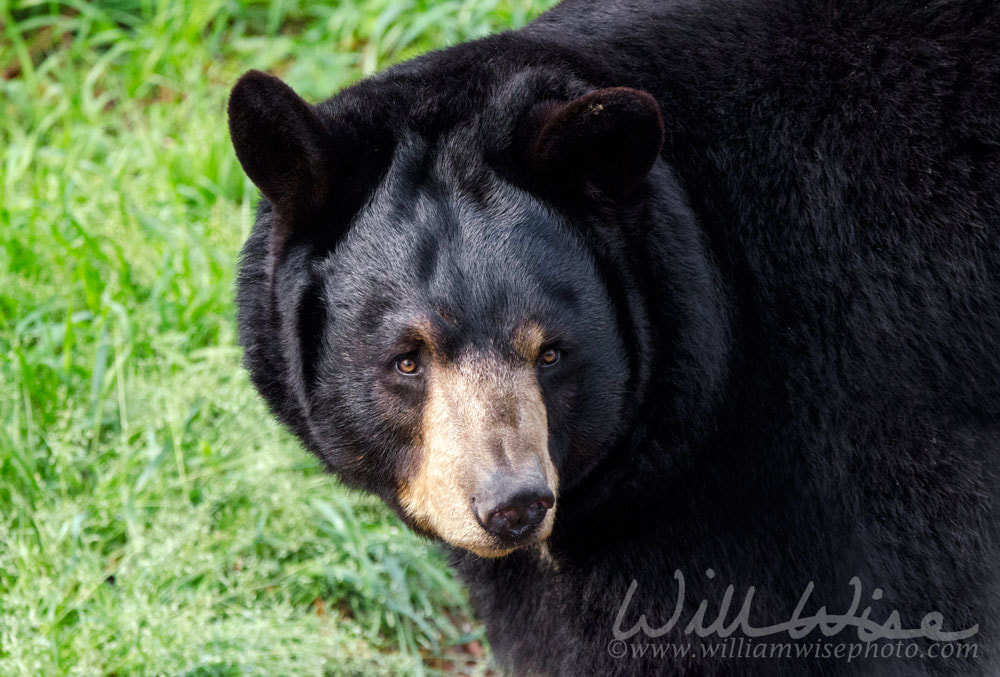 Female captive Black Bear, Ursus americanus, came to Bear Hollow Zoo as an orphan in 2010. Bear Hollow Zoo is a local wildlife rehabilitation facility and native wildlife zoo in Athens, GA, USA. The American black bear is a medium-sized bear native to North America. It is the continent`s smallest and most widely distributed bear species. 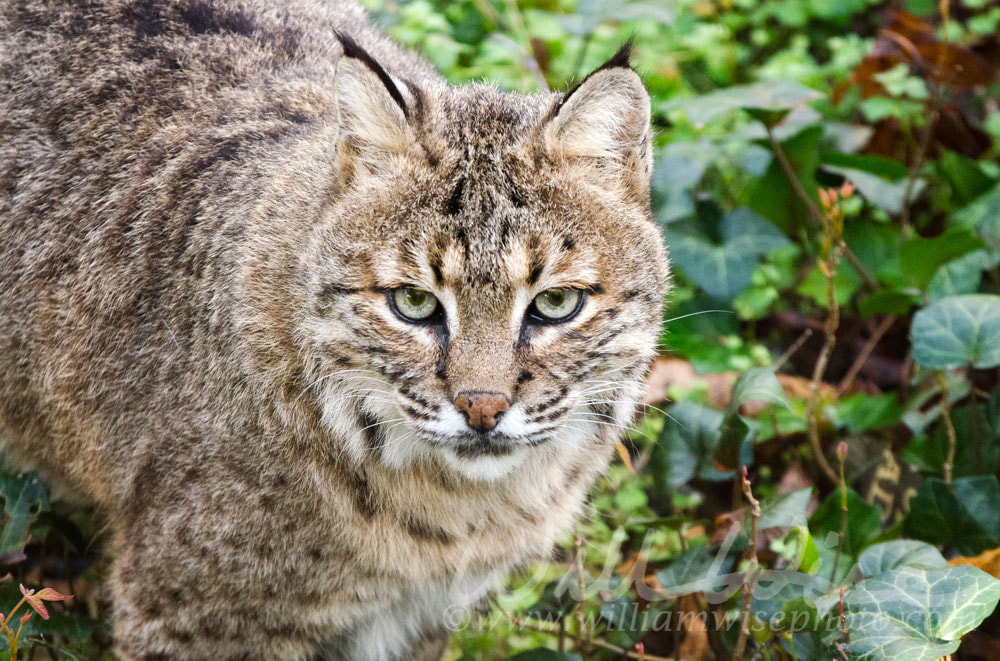 Female captive bobcat, Lynx rufus, came to Bear Hollow Zoo from a wildlife rehabilitator in 2006. Bear Hollow Zoo is a local wildlife rehabilitation facility and native wildlife zoo in Athens, GA, USA. he bobcat is an adaptable predator that inhabits wooded areas, as well as semidesert, urban edge, forest edge, and swampland environments. 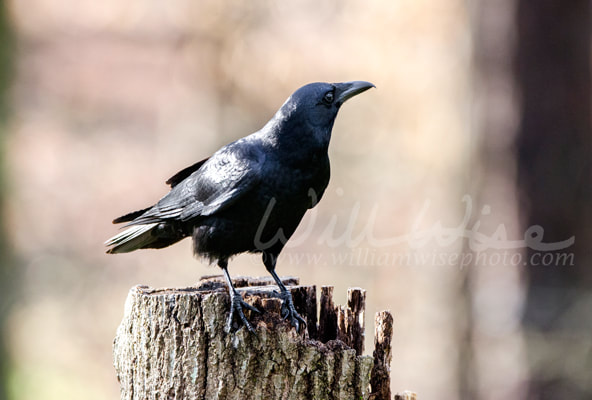 Black American Crow, Corvus brachyrhynchos, perched on a stump crowing. Photographed in Bear Hollow Zoo in Athens, GA. American Crows are fairly common and conspicuous throughout most of the lower 48 states outside the southwestern deserts. You can find American Crows by looking around open areas near patches of woods, or in human modified landscapes like city parks, garbage dumps, campgrounds, manicured lawns, athletic fields, cemeteries and parking lots. Listen for their loud cawing. 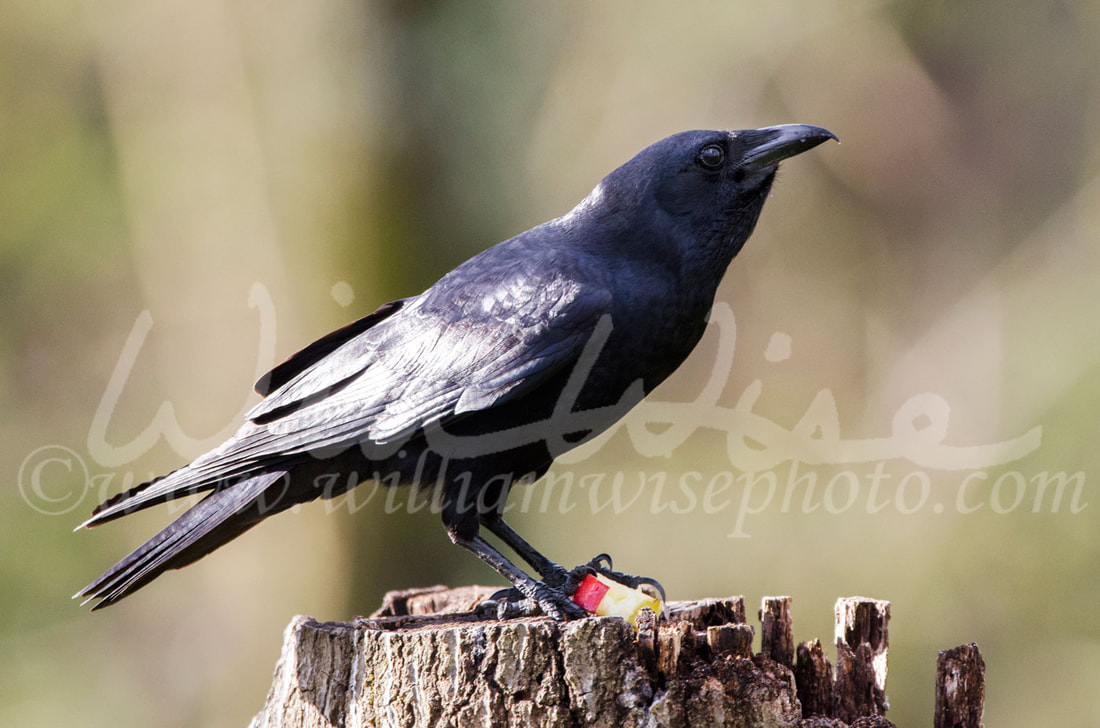 Black American Crow, Corvus brachyrhynchos, perched on a stump crowing. Photographed in Bear Hollow Zoo in Athens, GA. American Crows are fairly common and conspicuous throughout most of the lower 48 states outside the southwestern deserts. You can find American Crows by looking around open areas near patches of woods, or in human modified landscapes like city parks, garbage dumps, campgrounds, manicured lawns, athletic fields, cemeteries and parking lots. Listen for their loud cawing. 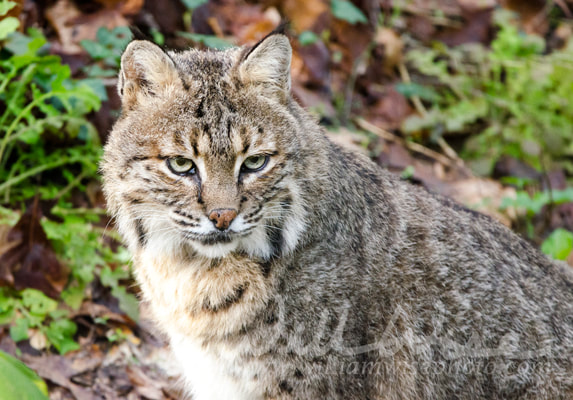 Female captive bobcat, Lynx rufus, came to Bear Hollow Zoo from a wildlife rehabilitator in 2006. Bear Hollow Zoo is a local wildlife rehabilitation facility and native wildlife zoo in Athens, GA, USA. he bobcat is an adaptable predator that inhabits wooded areas, as well as semidesert, urban edge, forest edge, and swampland environments.  Creation Speaks is a Biblical teaching ministry that uses nature writing and photography to glorify our Creator and teach the truth of creation. “But ask the animals, and they will teach you, or the birds in the sky, and they will tell you; or speak to the earth, and it will teach you, or let the fish in the sea inform you. Which of all these does not know that the hand of the Lord has done this?" Job 12:7-9 "What a lovely description of the beauty of the Earth God prepared for mankind. He placed the first couple in the middle of a garden. Our loving Creator gave us everything we see around us to enjoy and provided us with exquisite senses of sight, hearing, feeling, tasting, and smelling to experience them to the full. Even after they disobeyed, creation did not lose all of its beauty and comfort." From Exceeding Gratitude for the Creator's Plan by Dr. James P. Gills Genesis 2:8 And the LORD God planted a garden eastward in Eden; and there he put the man whom he had formed. Thursday 12:27 PM - mostly cloudy and breezy today, but warm. Turtles basking, wrens calling, and hanging gardens of wisteria growing. 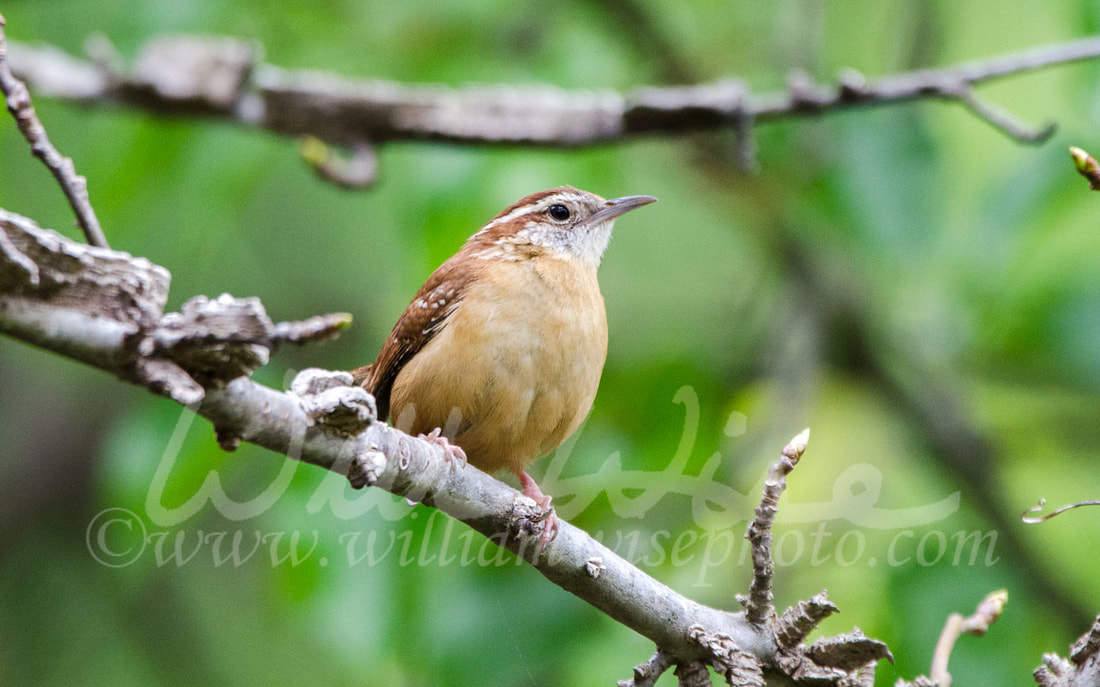 Carolina Wren, Thryothorus ludovicianus, songbird sitting on tree twig in spring in Georgia, USA. In summer it can seem that every patch of woods in the eastern United States rings with the rolling song of the Carolina Wren. The Carolina wren Thryothorus ludovicianus is a common species of wren that is a resident in the eastern half of the United States of America, the extreme south of Ontario, Canada, and the extreme northeast of Mexico. 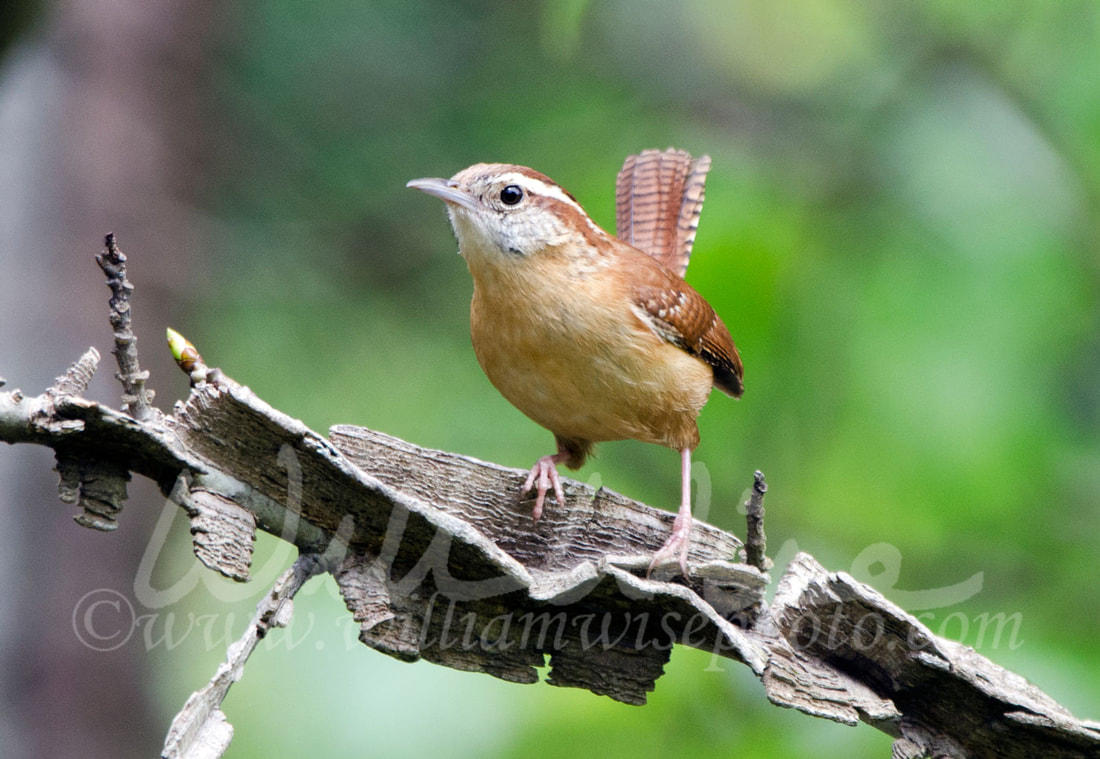 Carolina Wren, Thryothorus ludovicianus, songbird sitting on tree twig in spring in Georgia, USA. In summer it can seem that every patch of woods in the eastern United States rings with the rolling song of the Carolina Wren. The Carolina wren Thryothorus ludovicianus is a common species of wren that is a resident in the eastern half of the United States of America, the extreme south of Ontario, Canada, and the extreme northeast of Mexico. |
Categories
All
Archives
November 2024
|
|
All content is ©williamwisephoto.com. Please don't steal images. My images are available at dreamstime.com. Stock sales go into the shelter photography program.
|
In December 1993 I came to know the Designer and Creator of this wonderful planet and its creatures: Jesus Christ.
|
Donations help support the animal shelter adoption photography equipment and adoption website hosting and domain fees. Thanks for your support!
|

